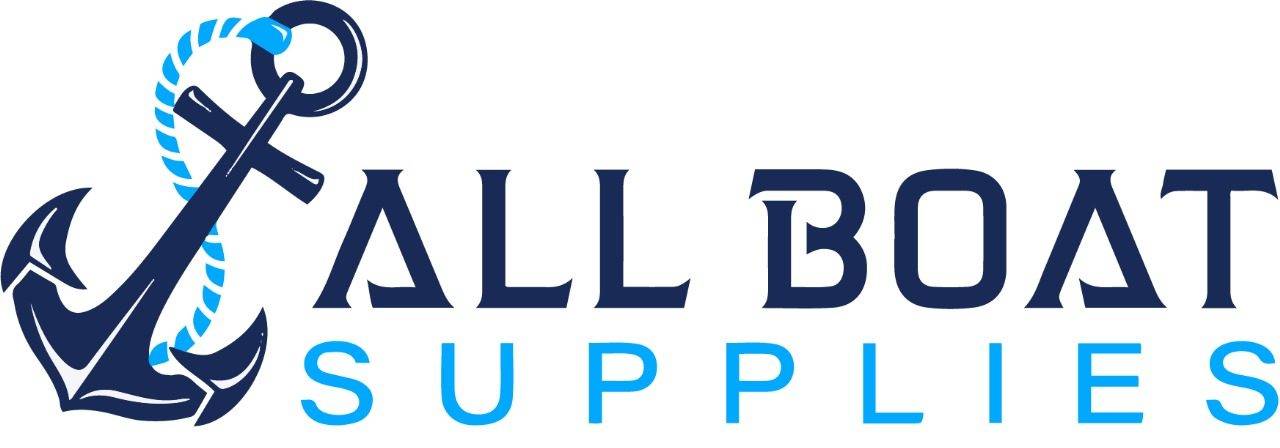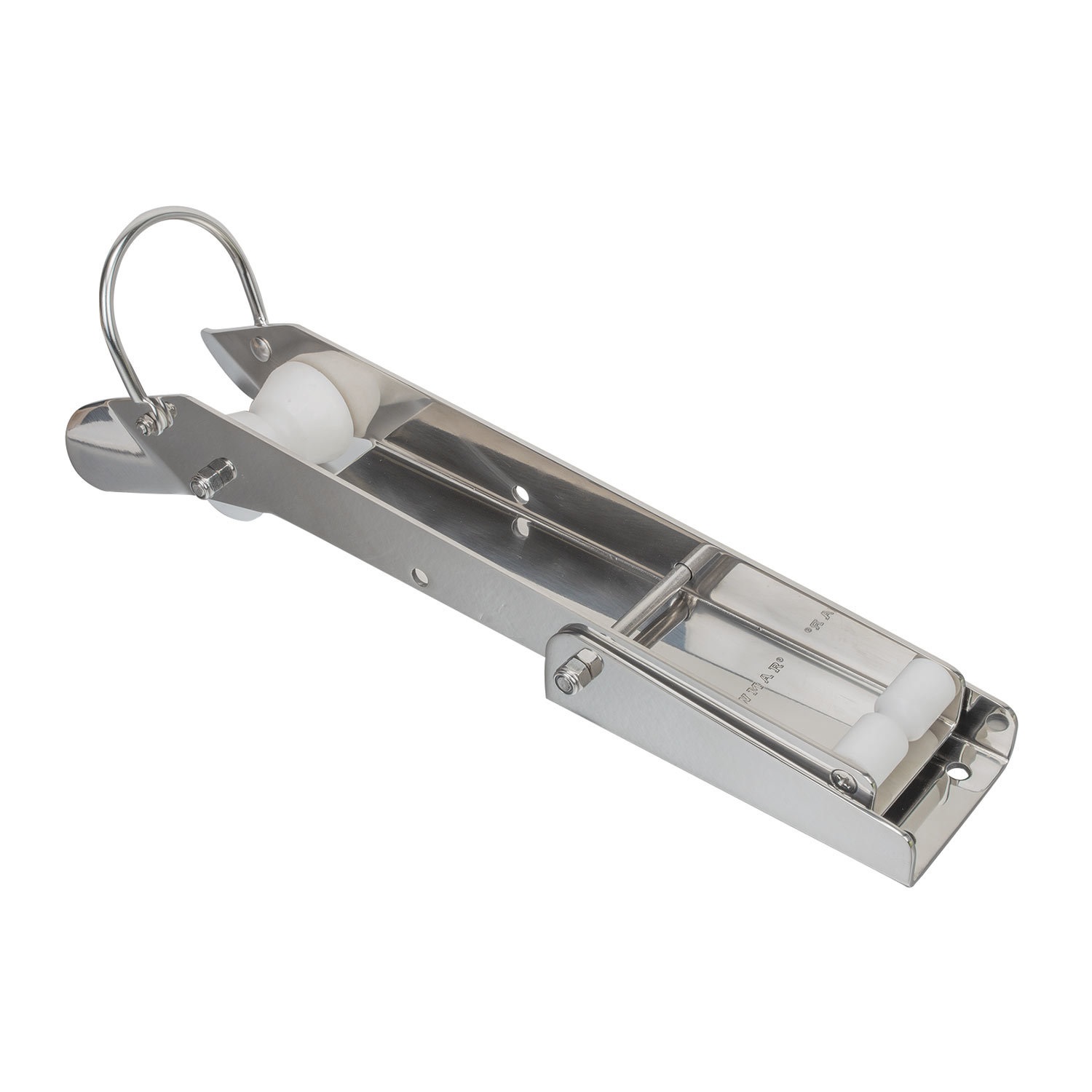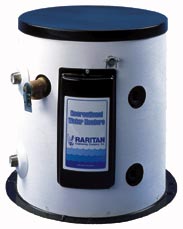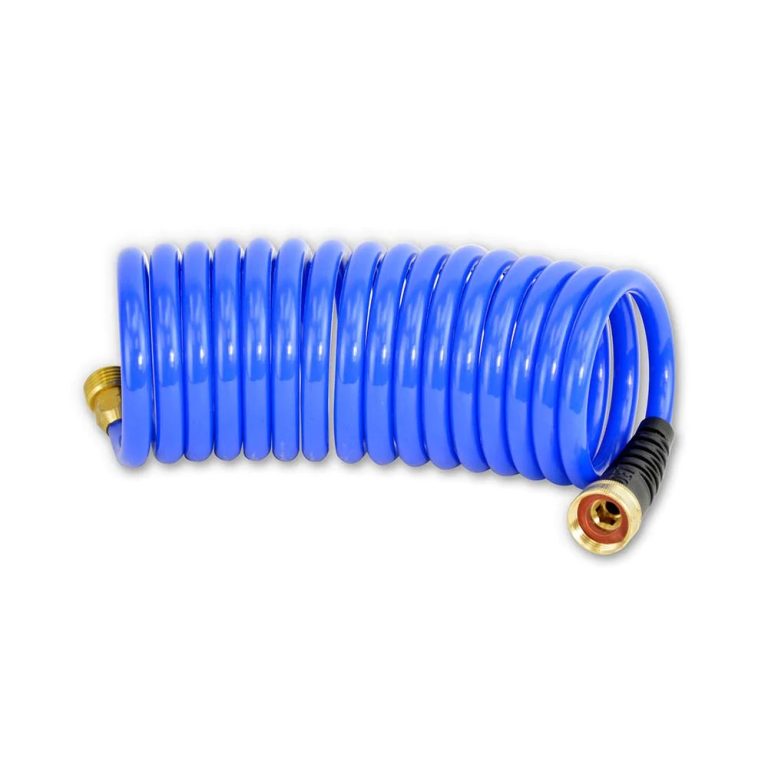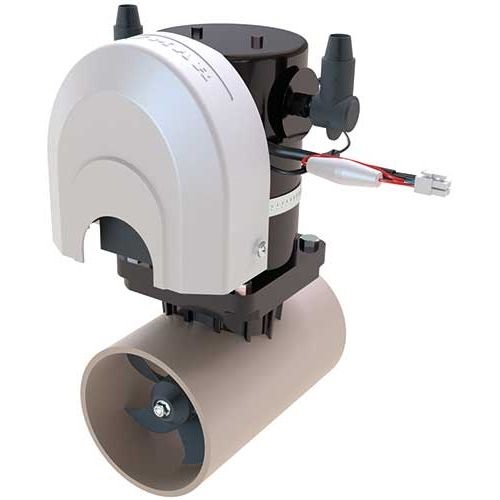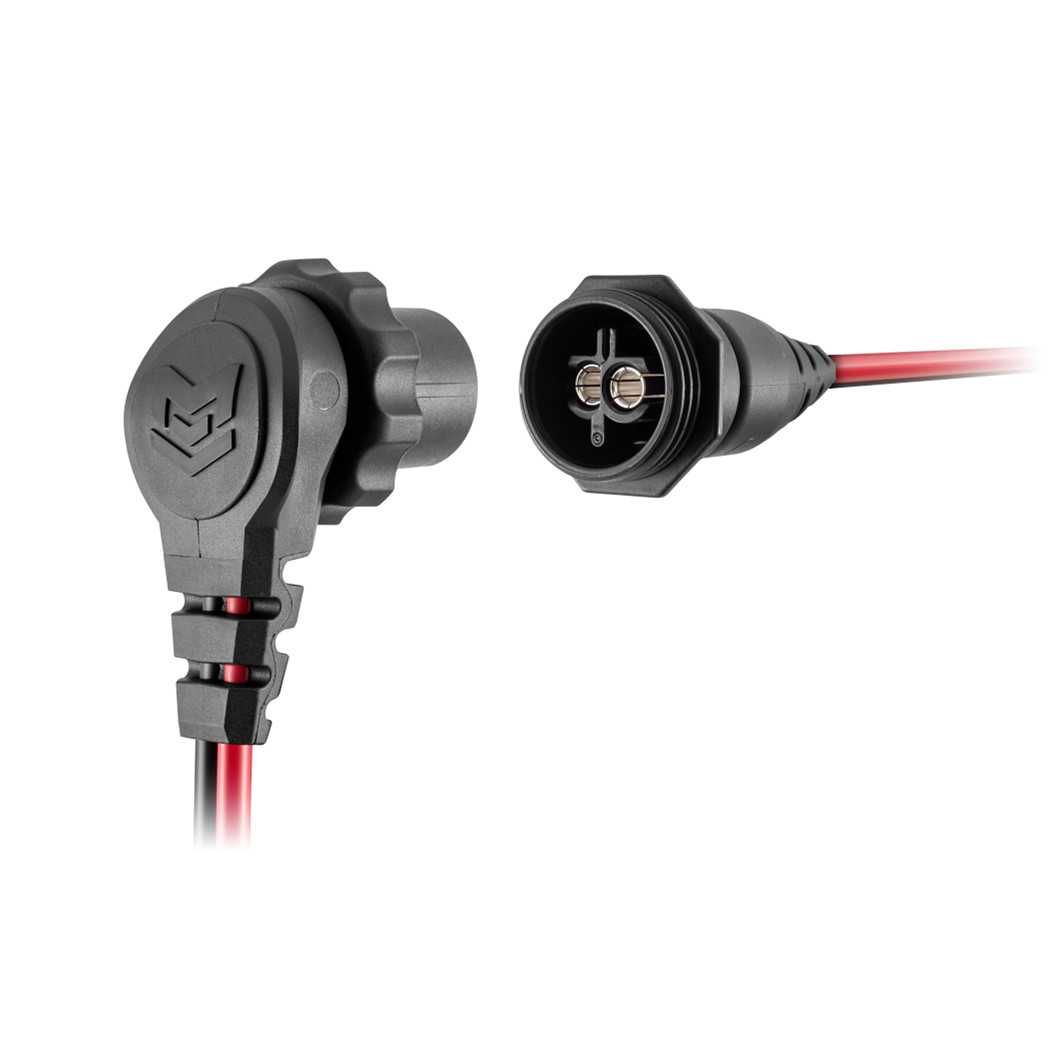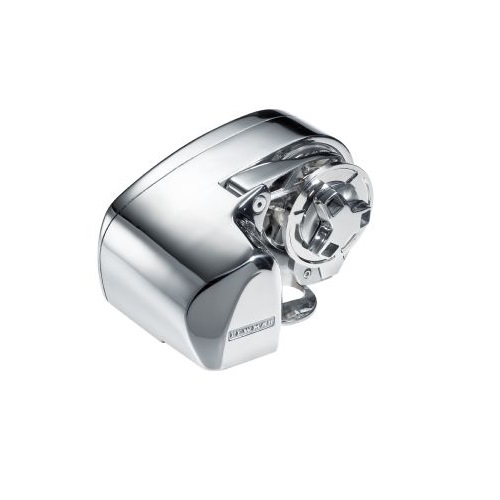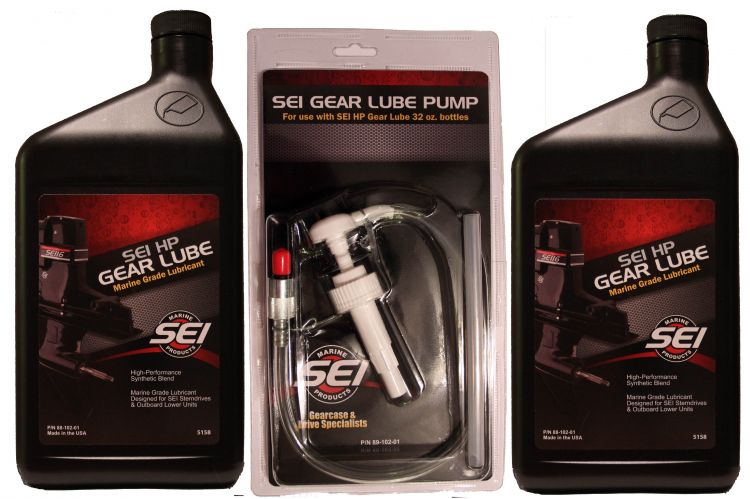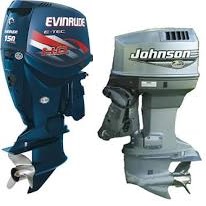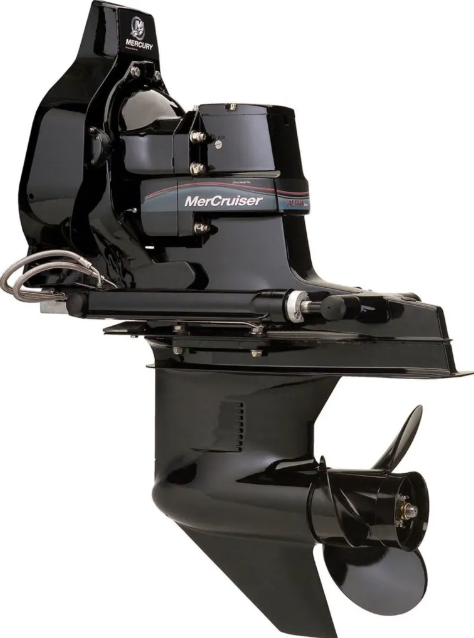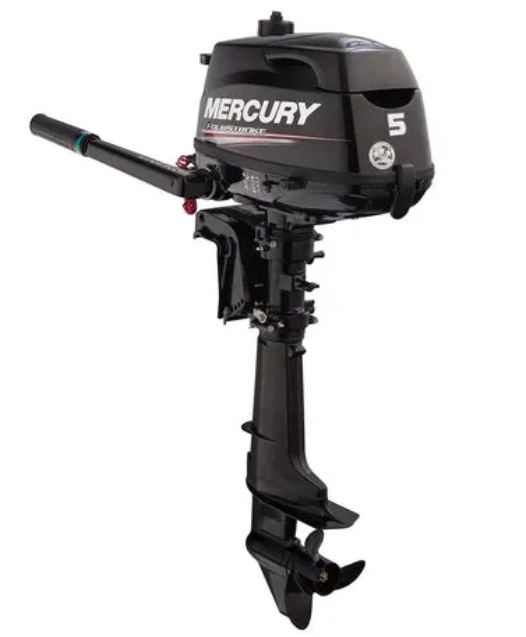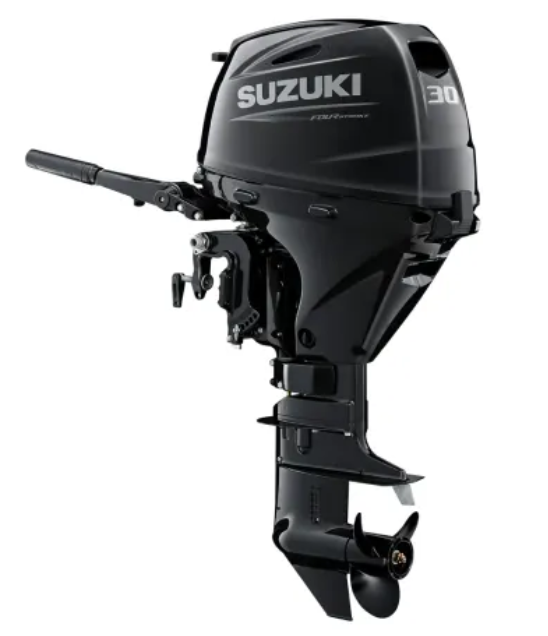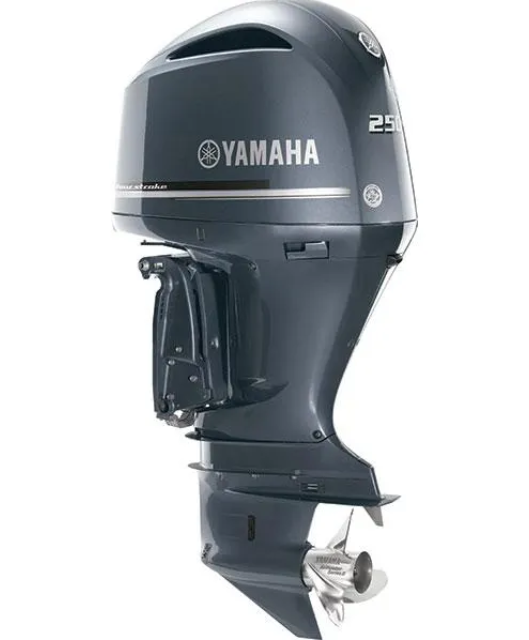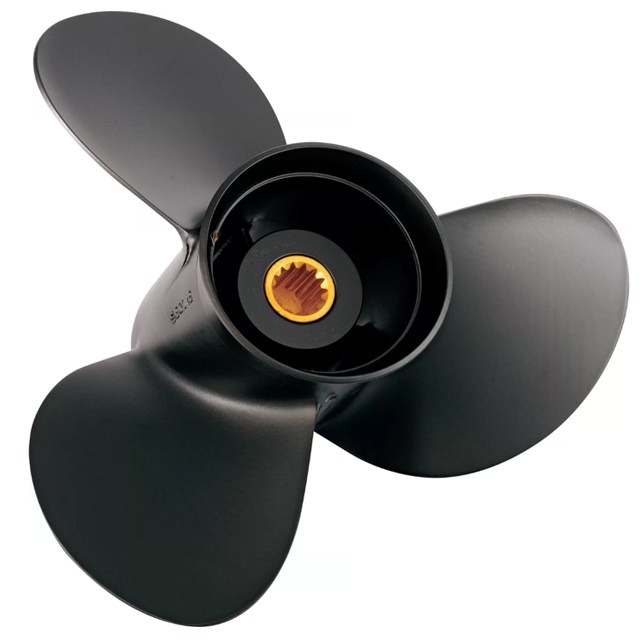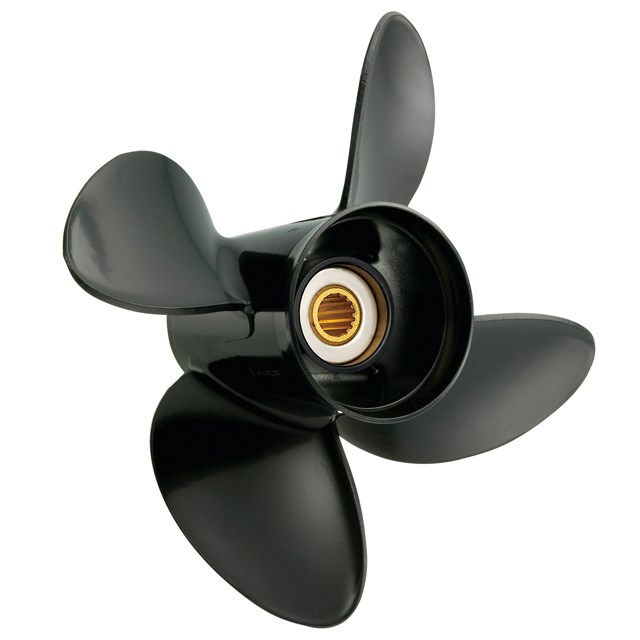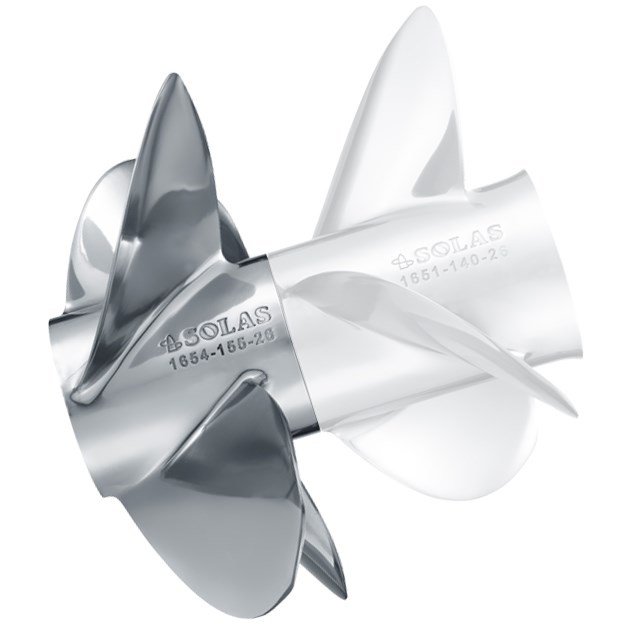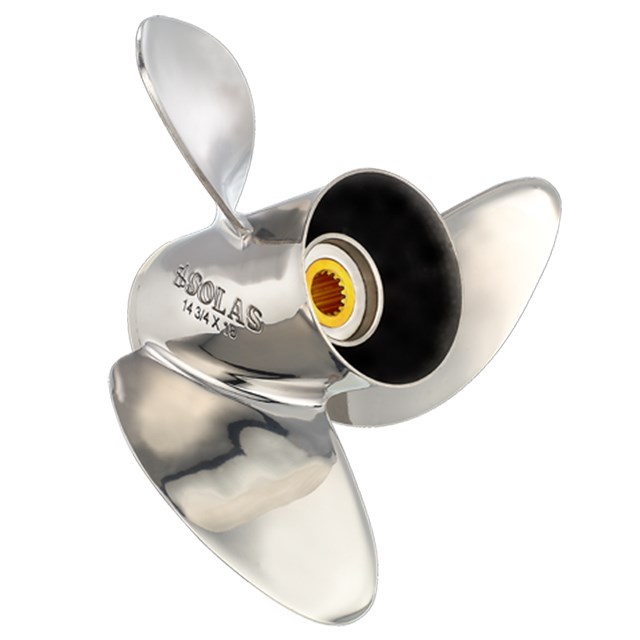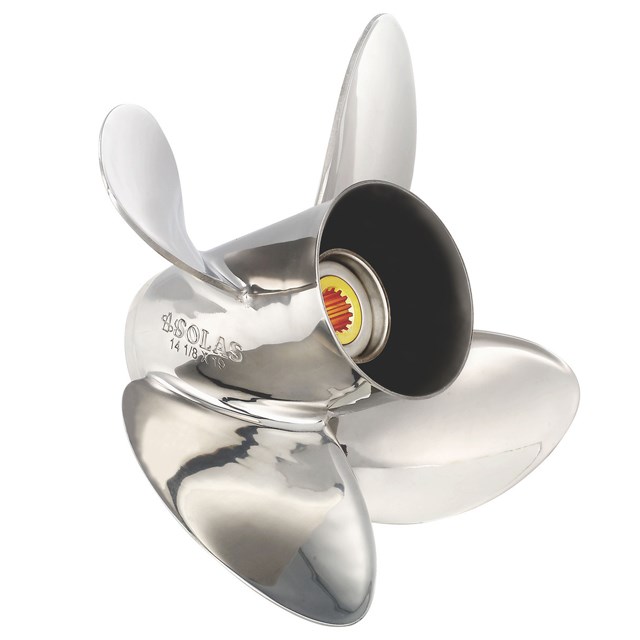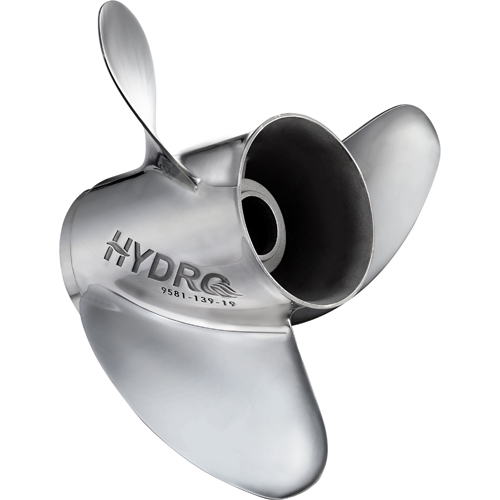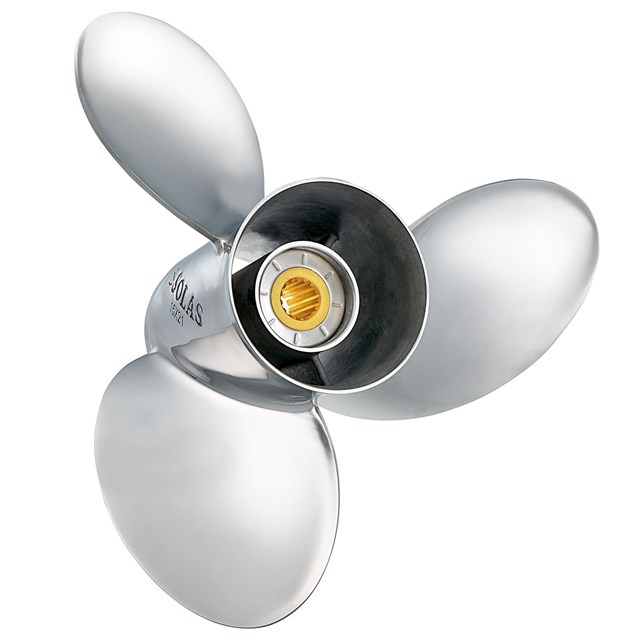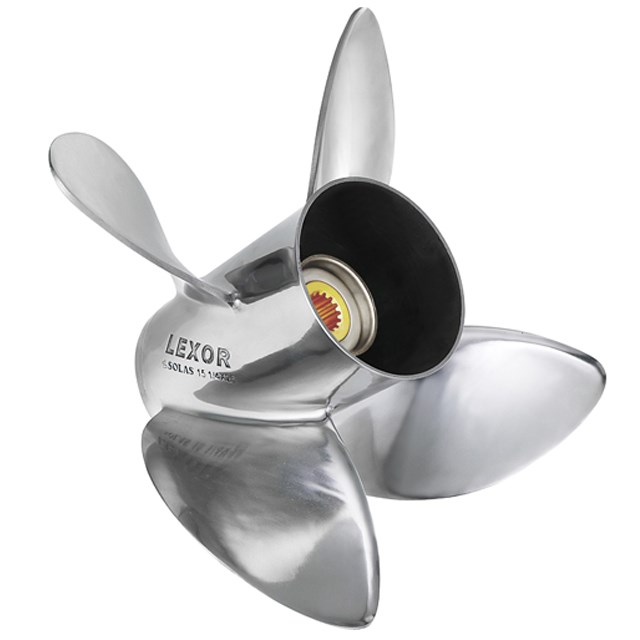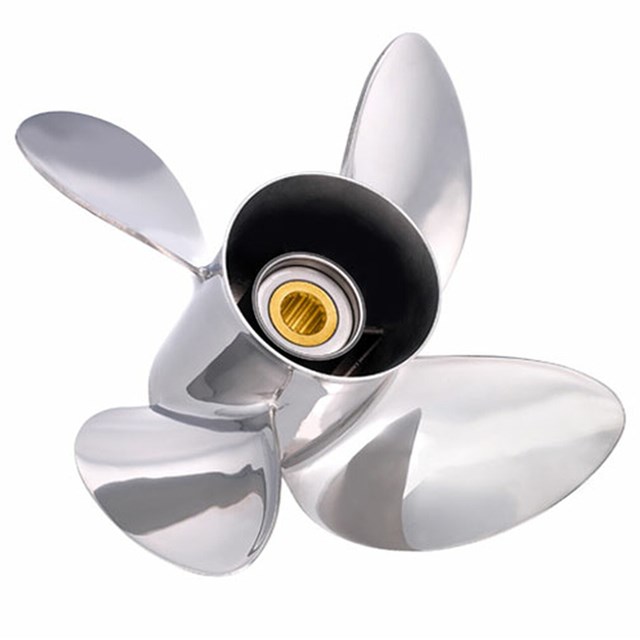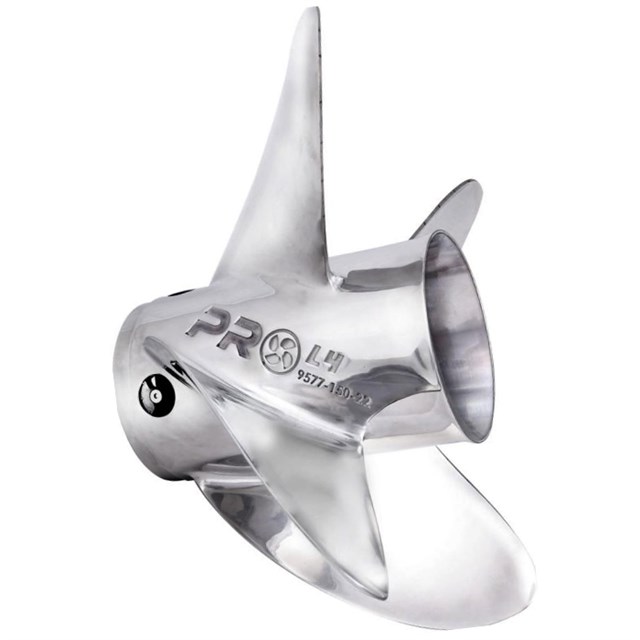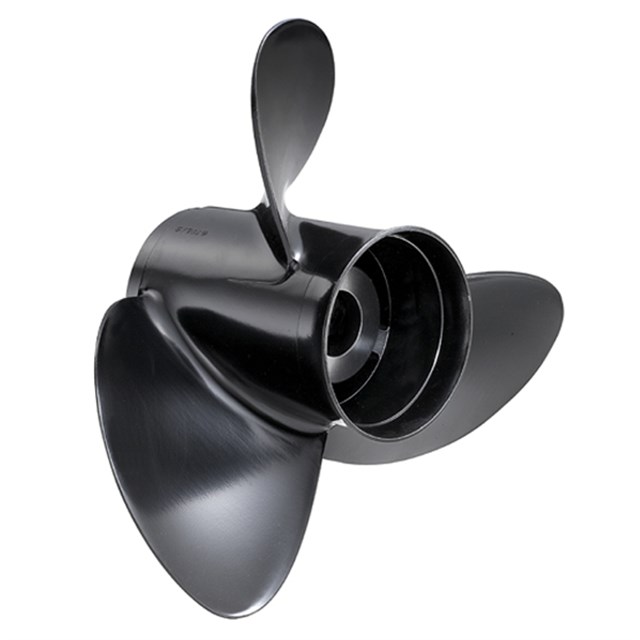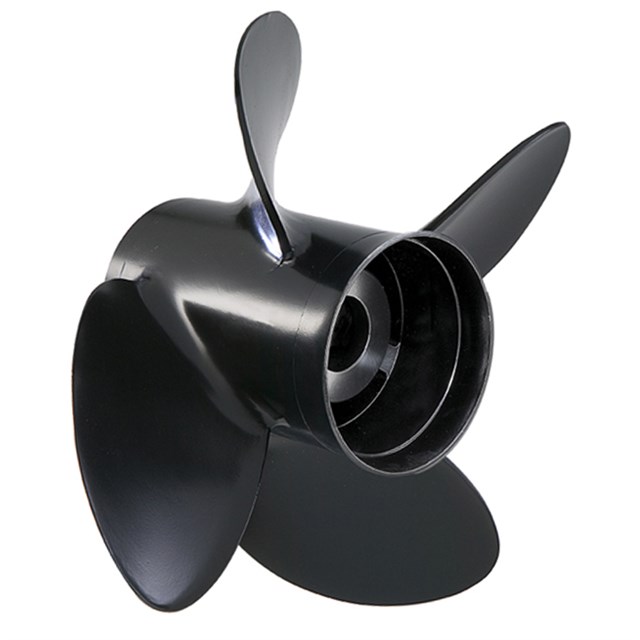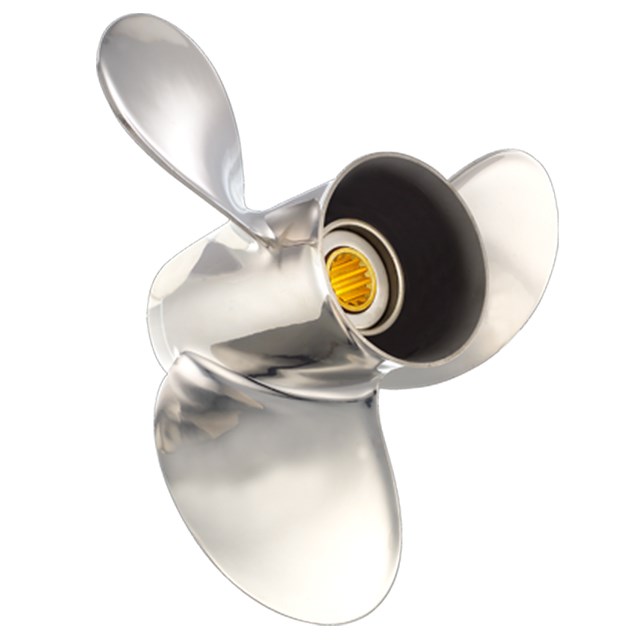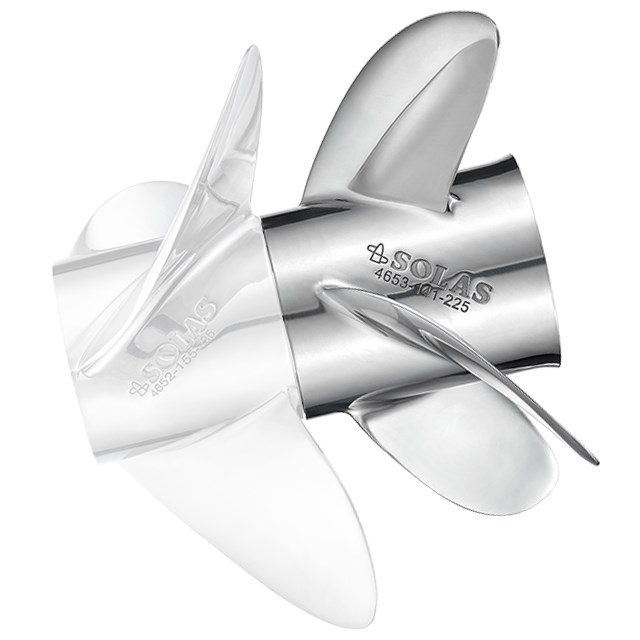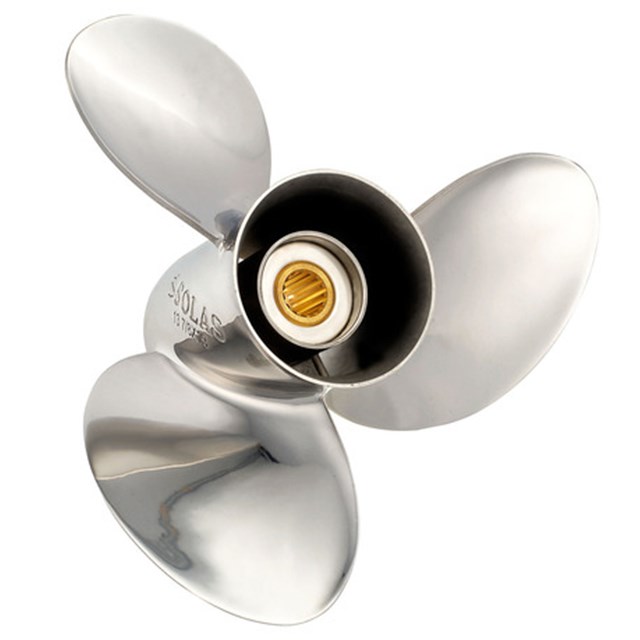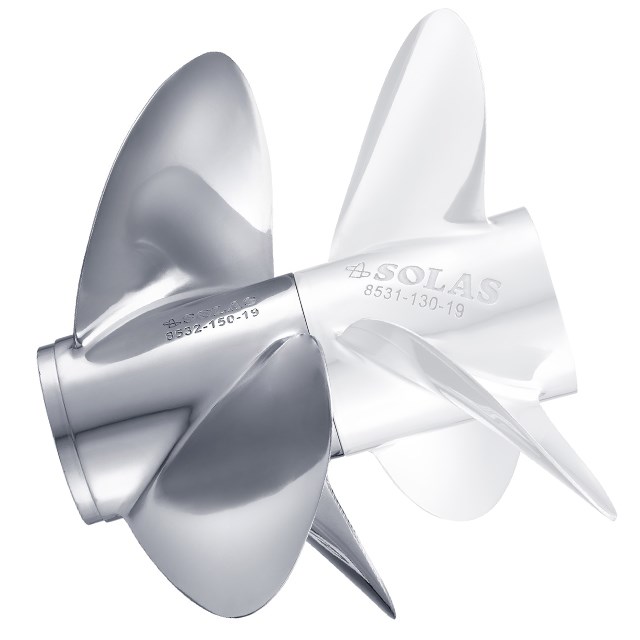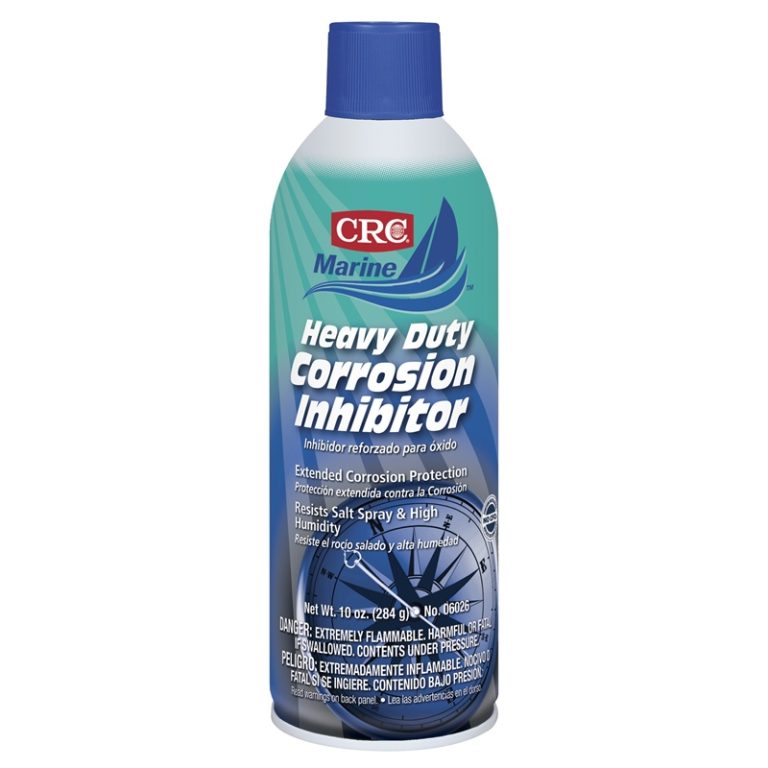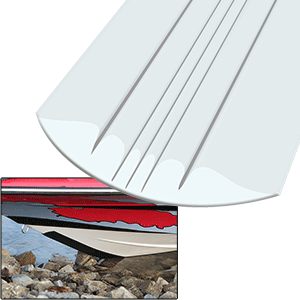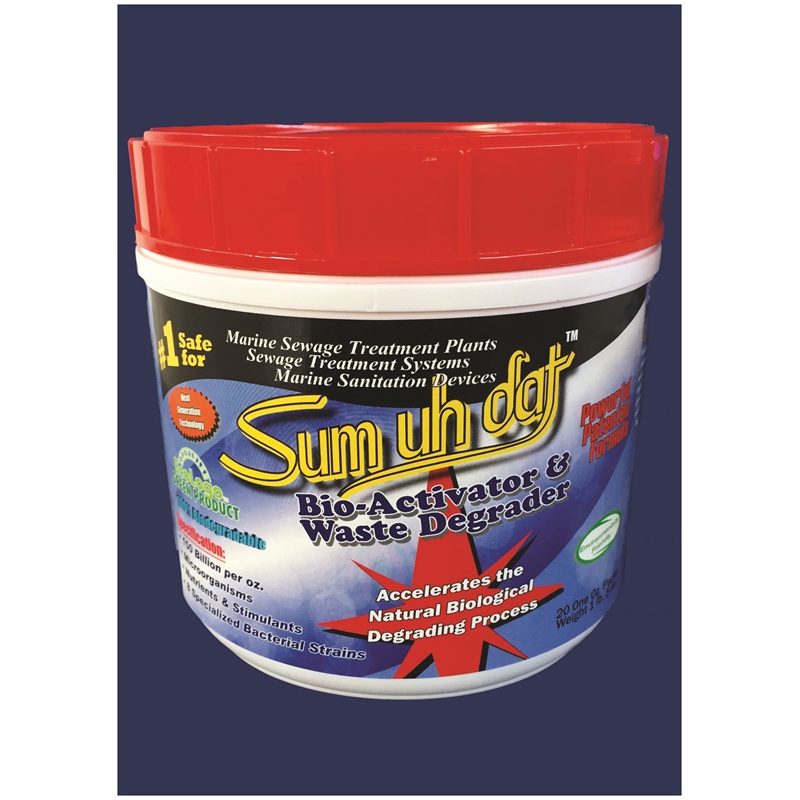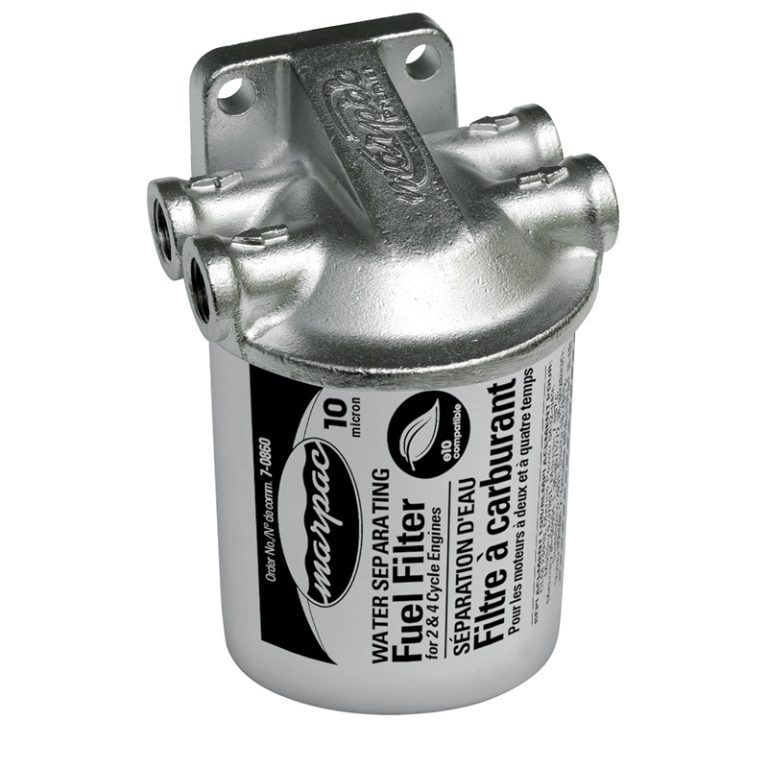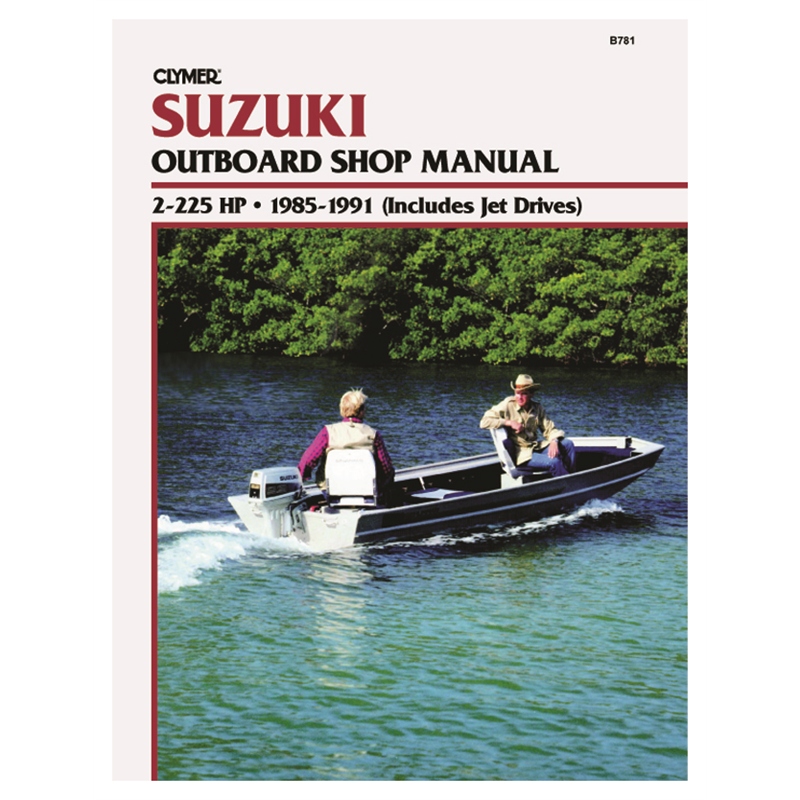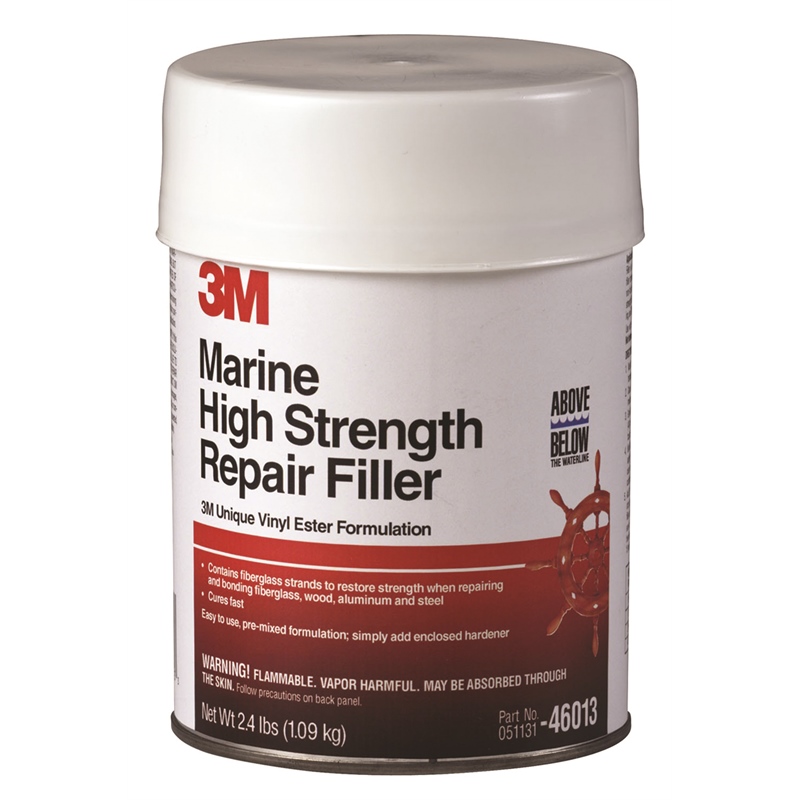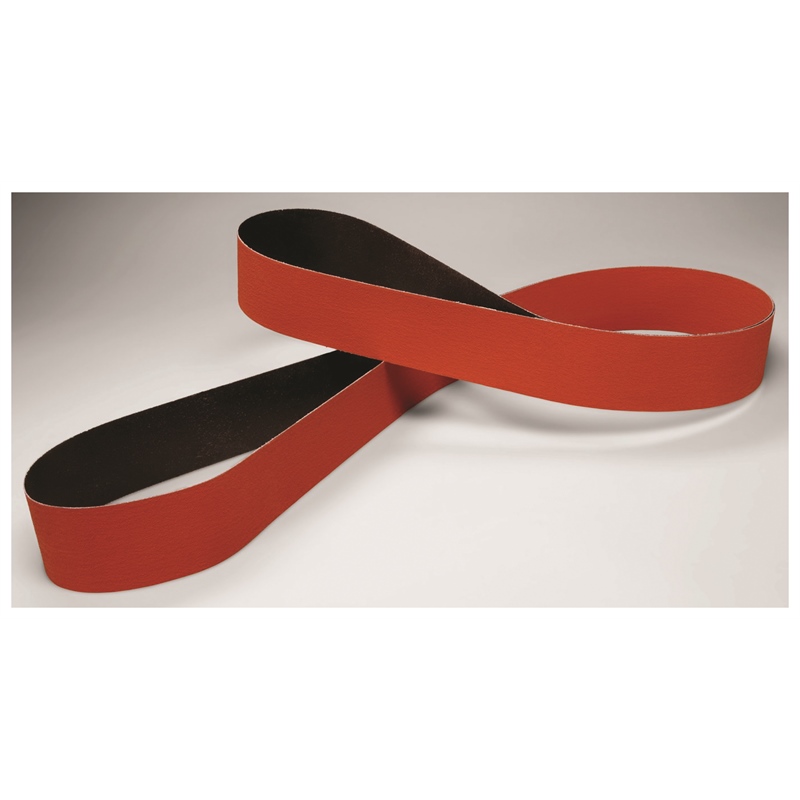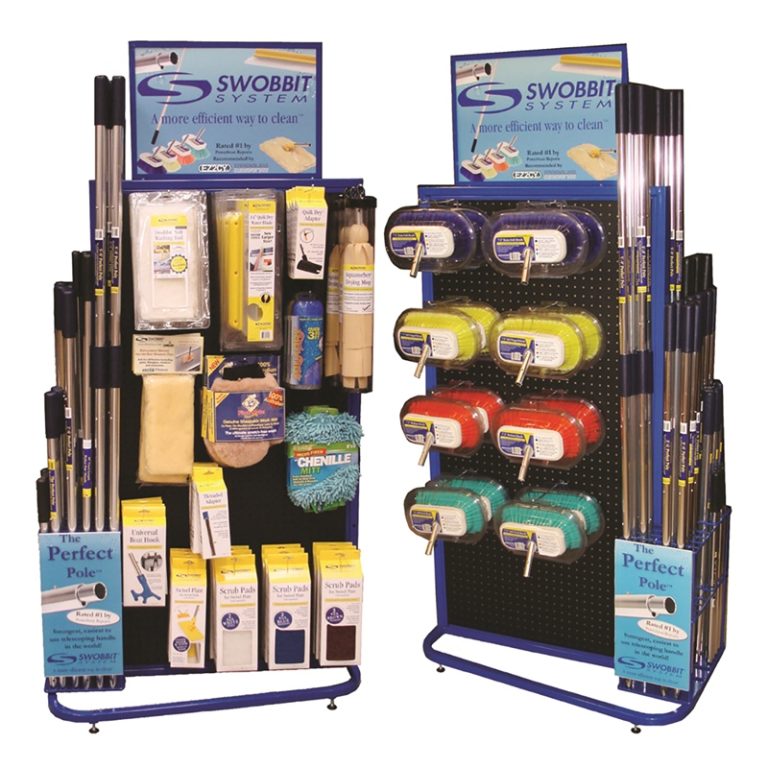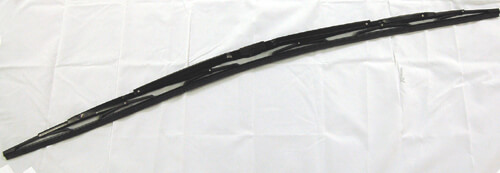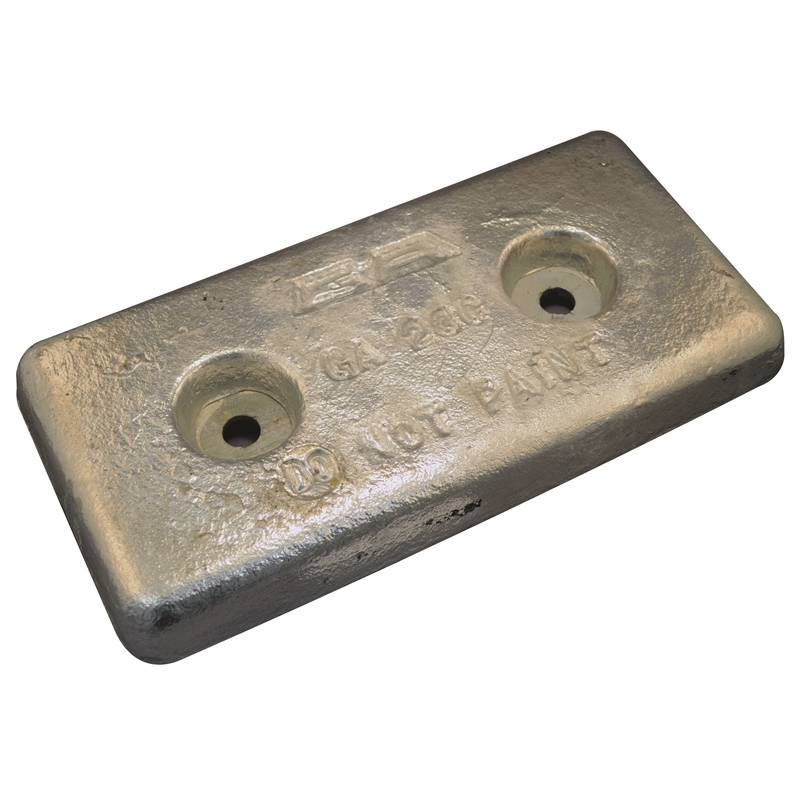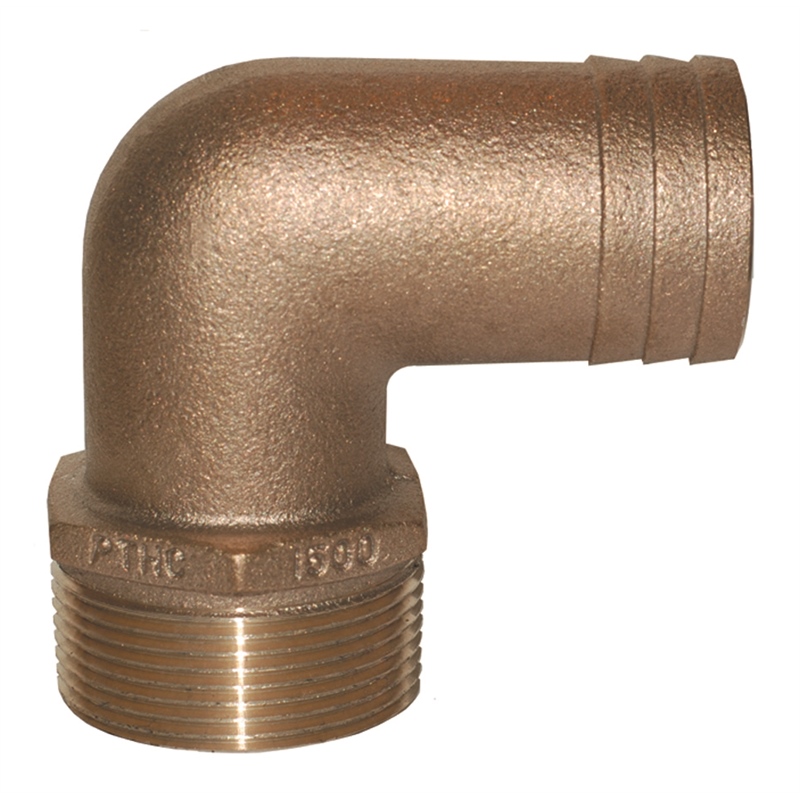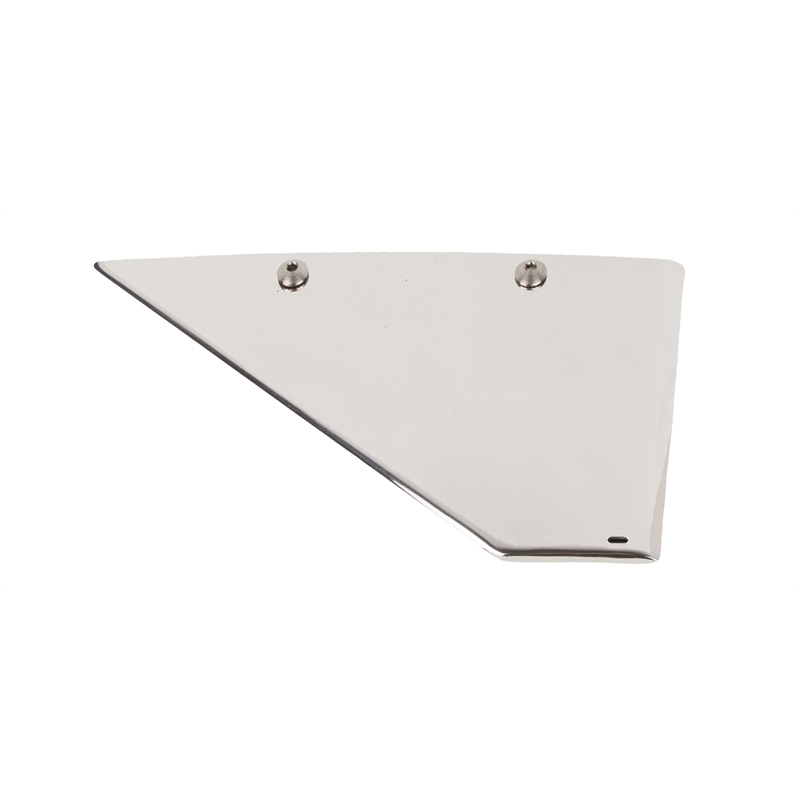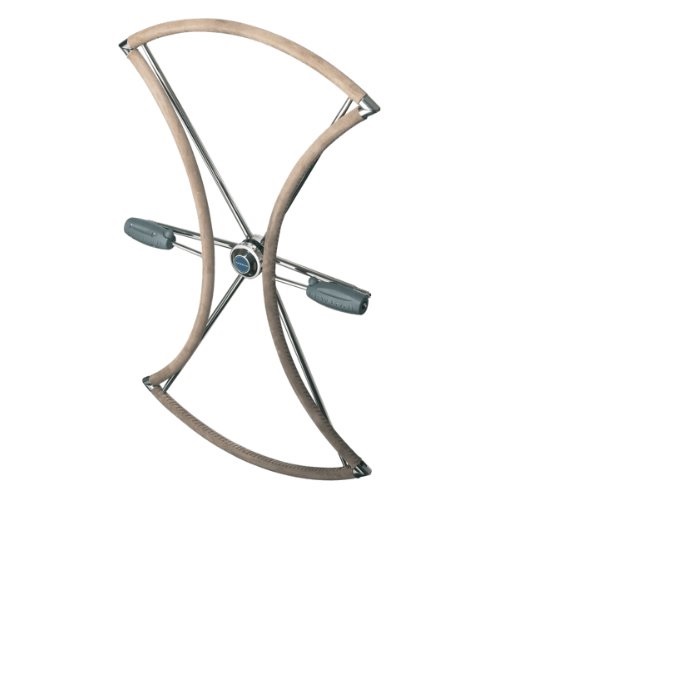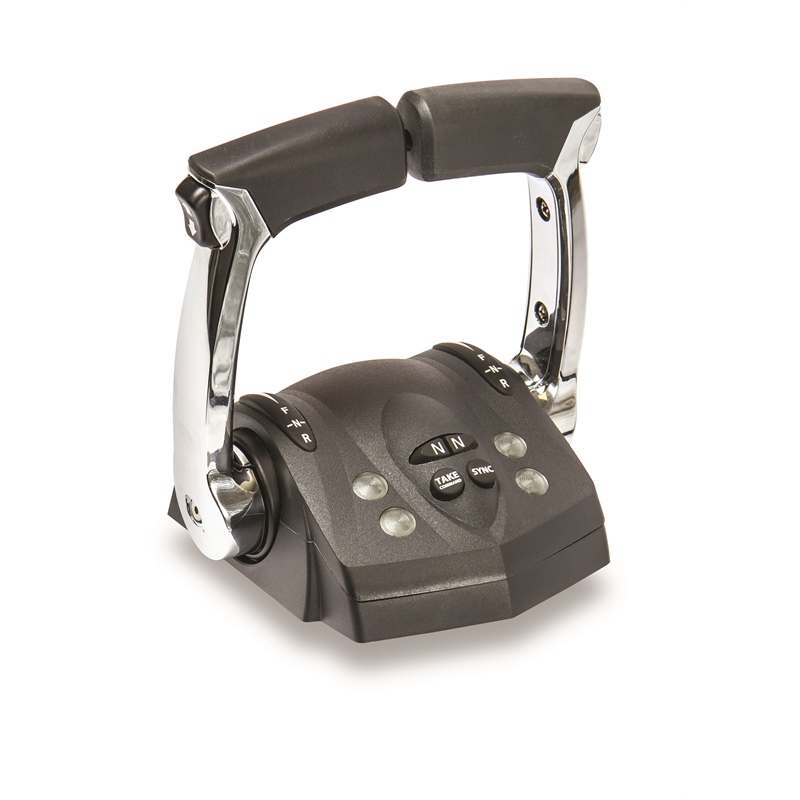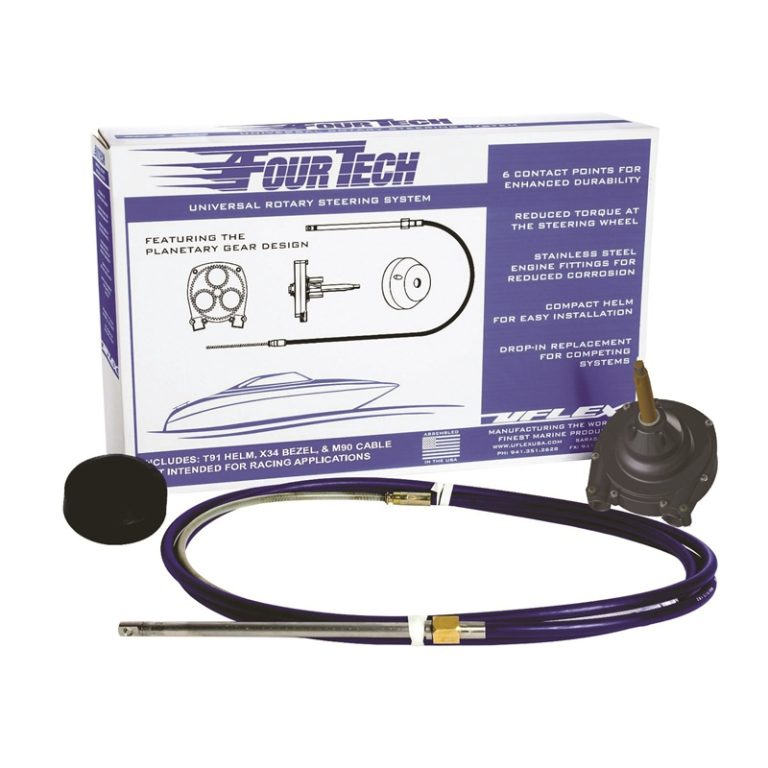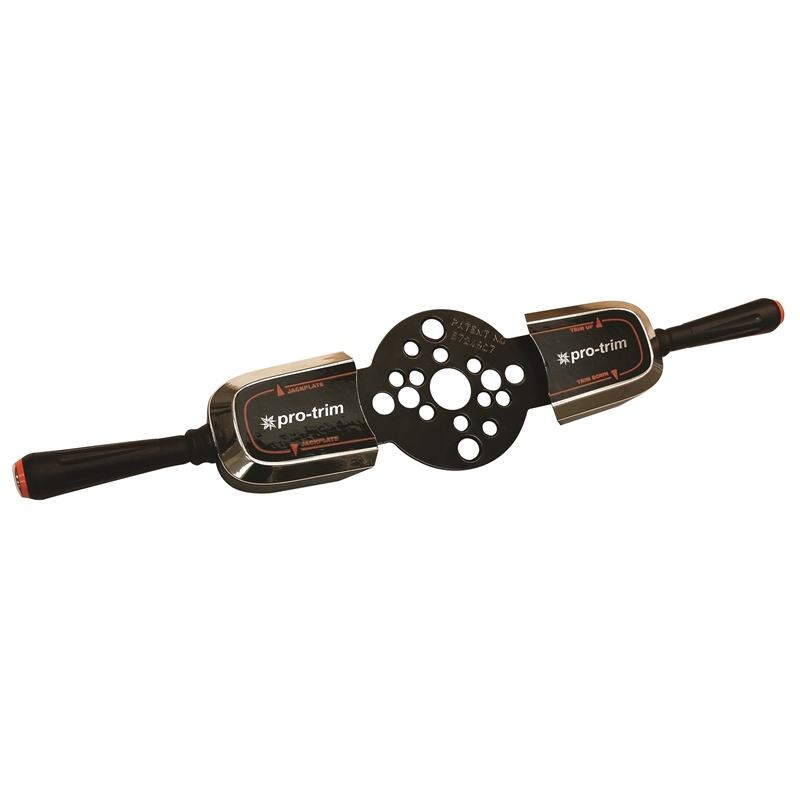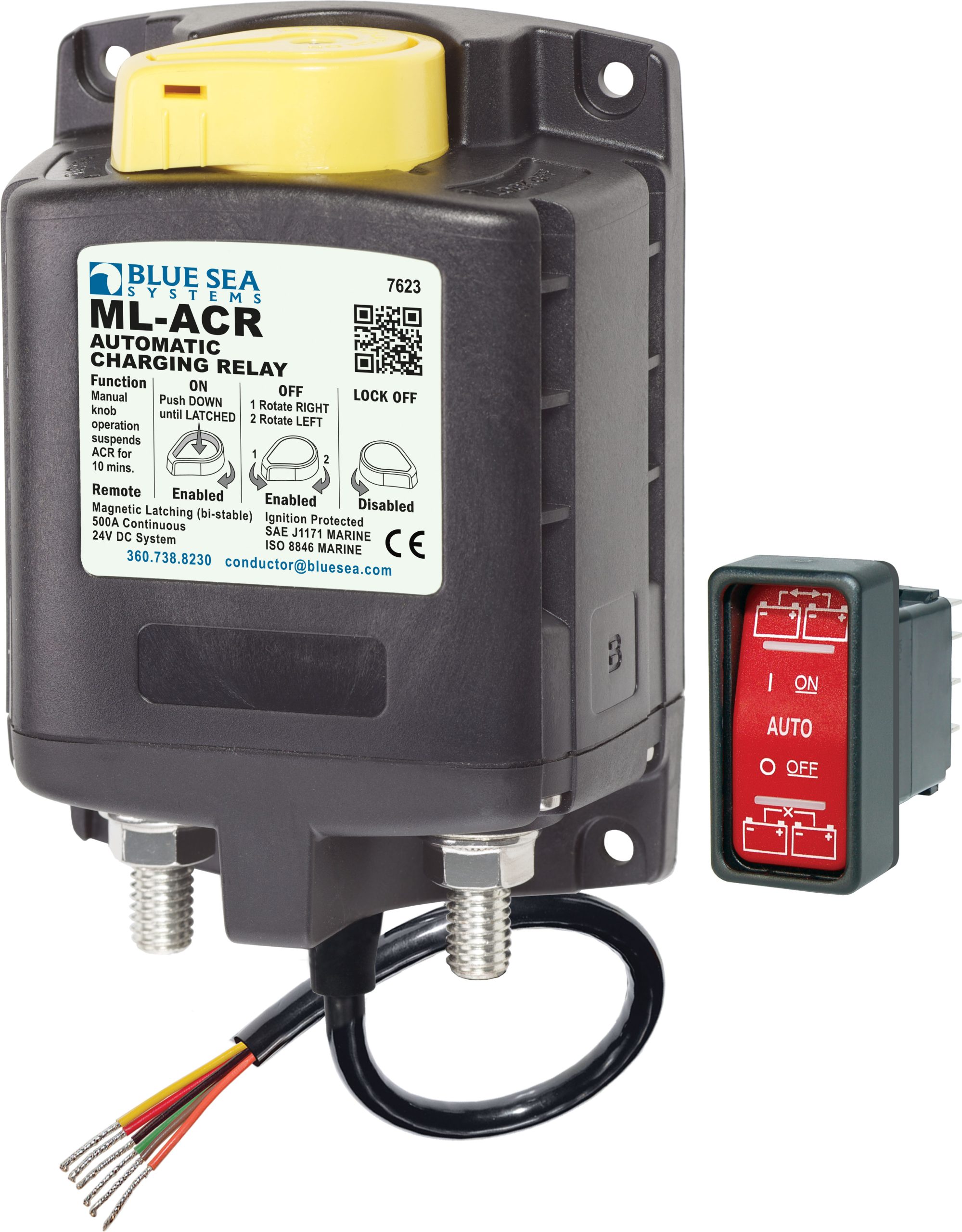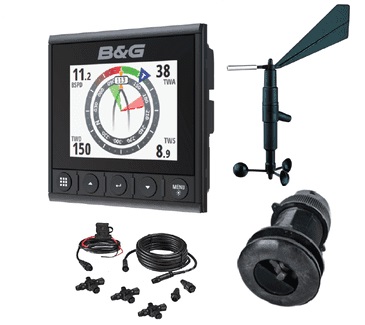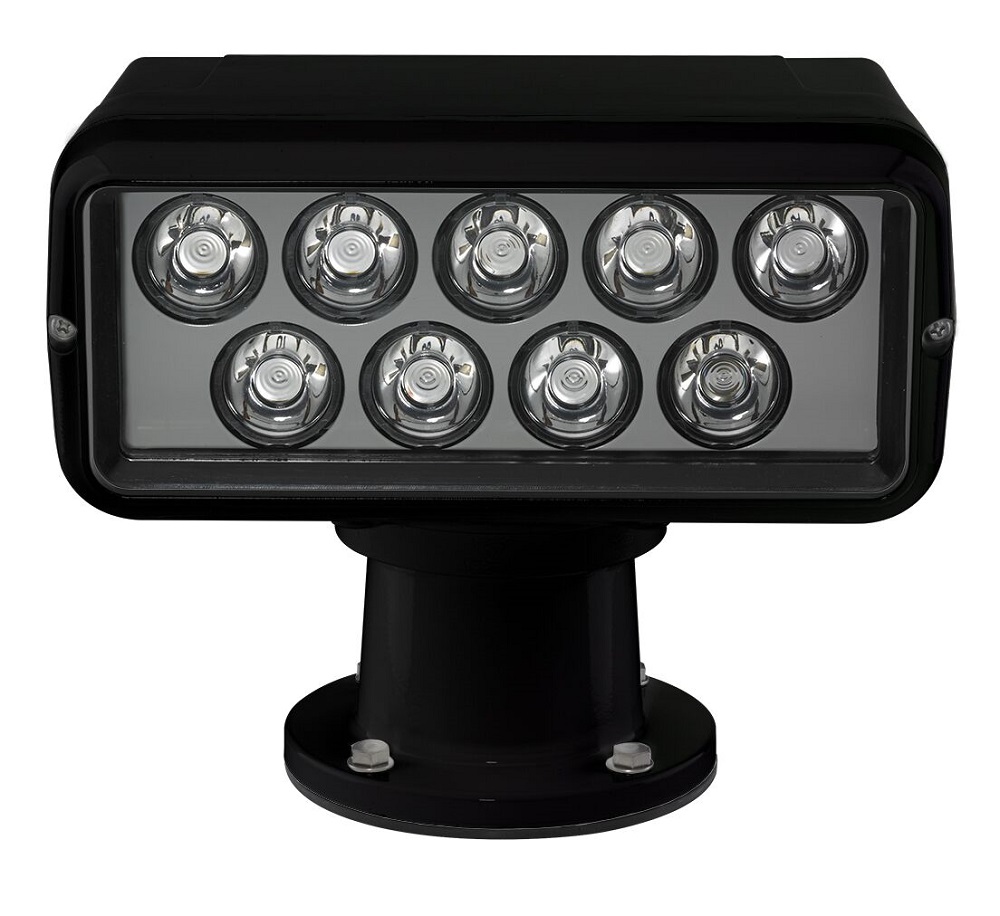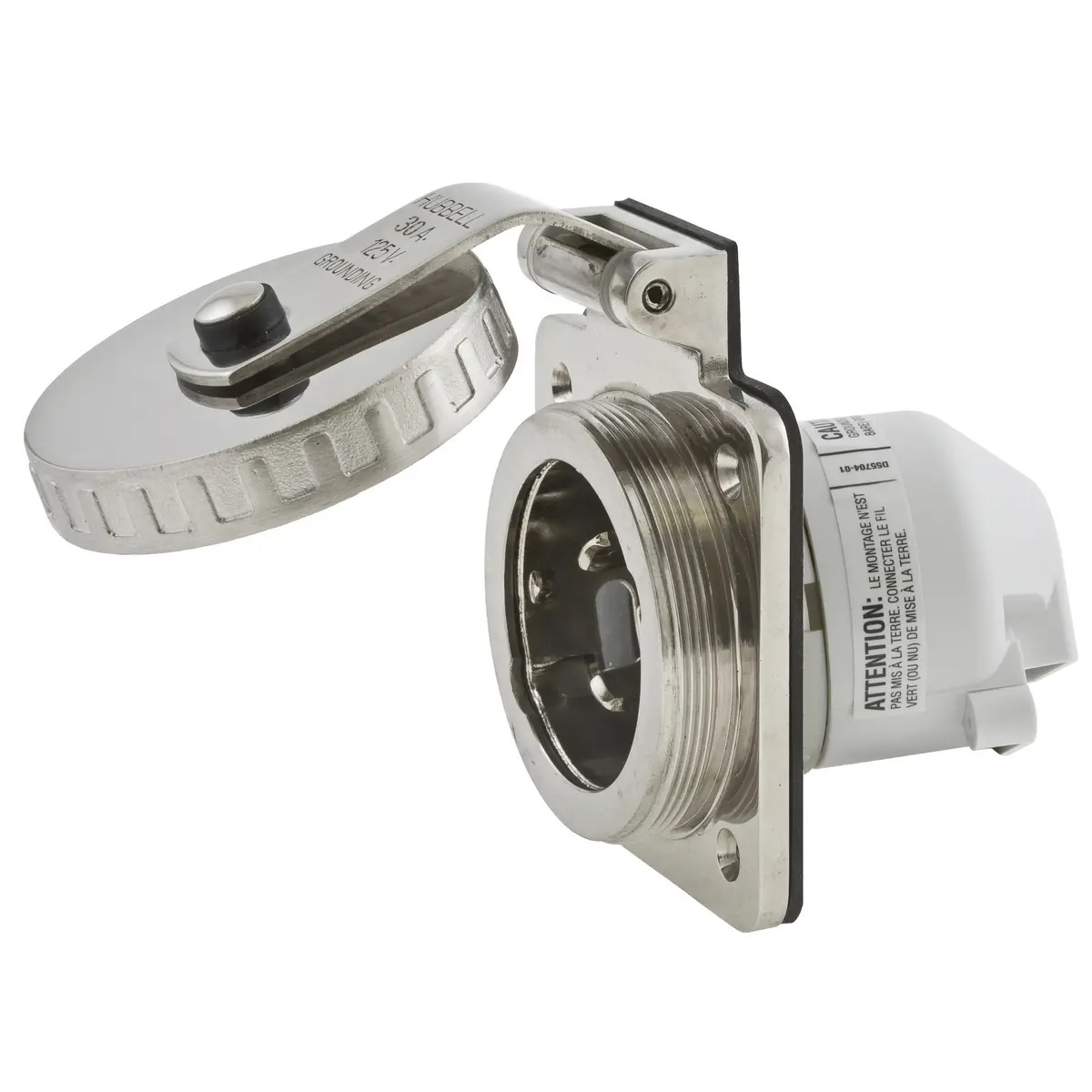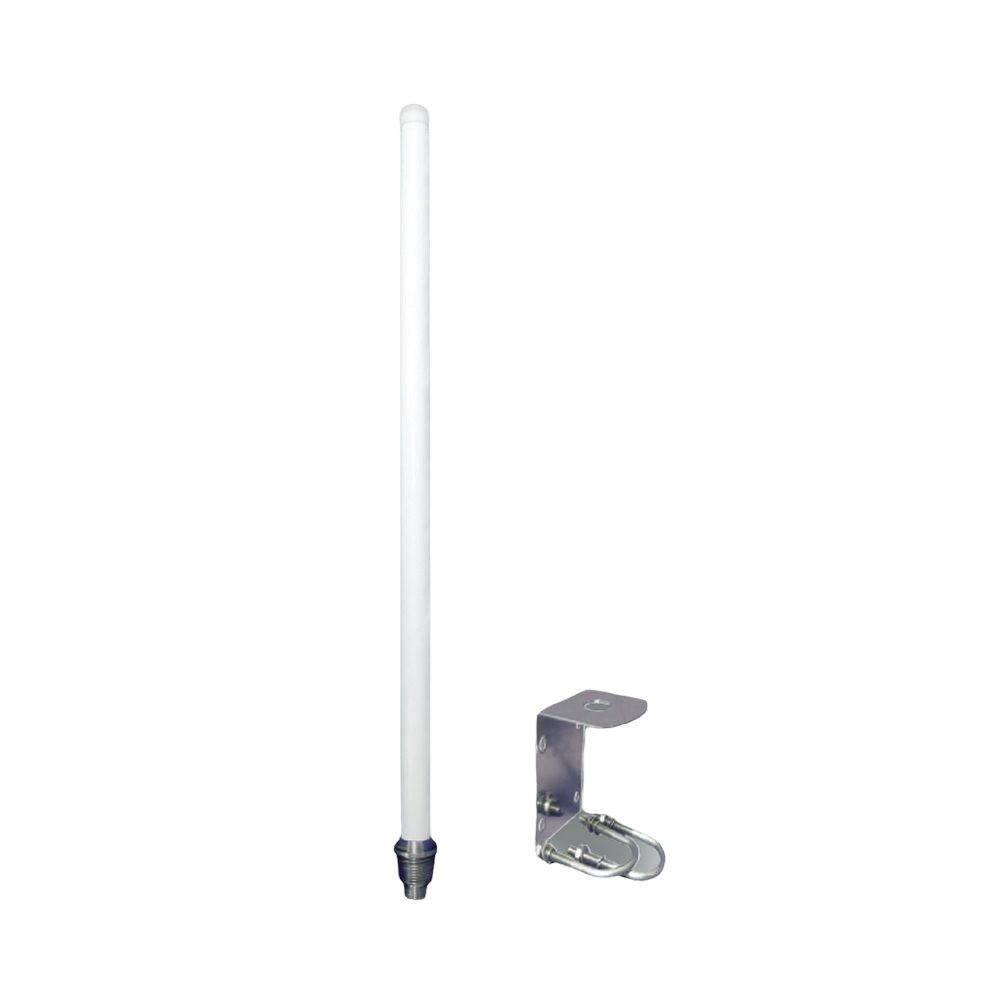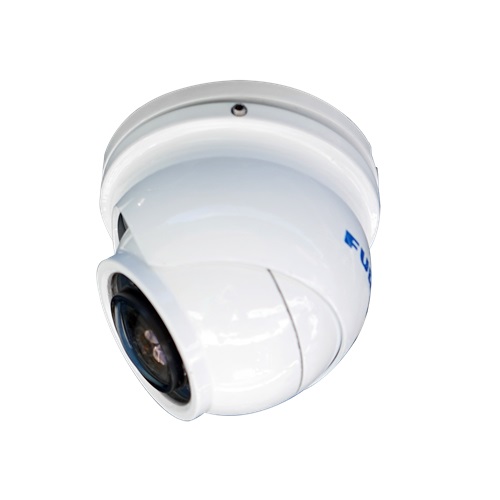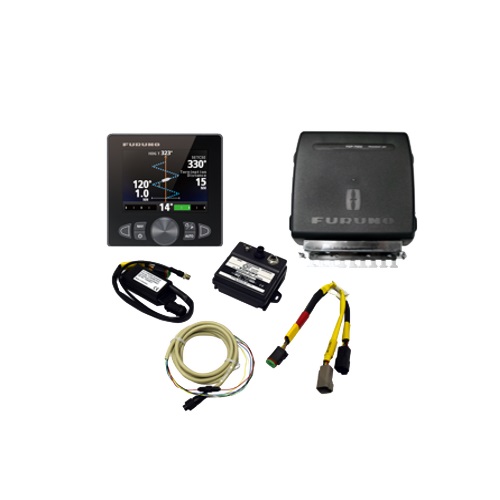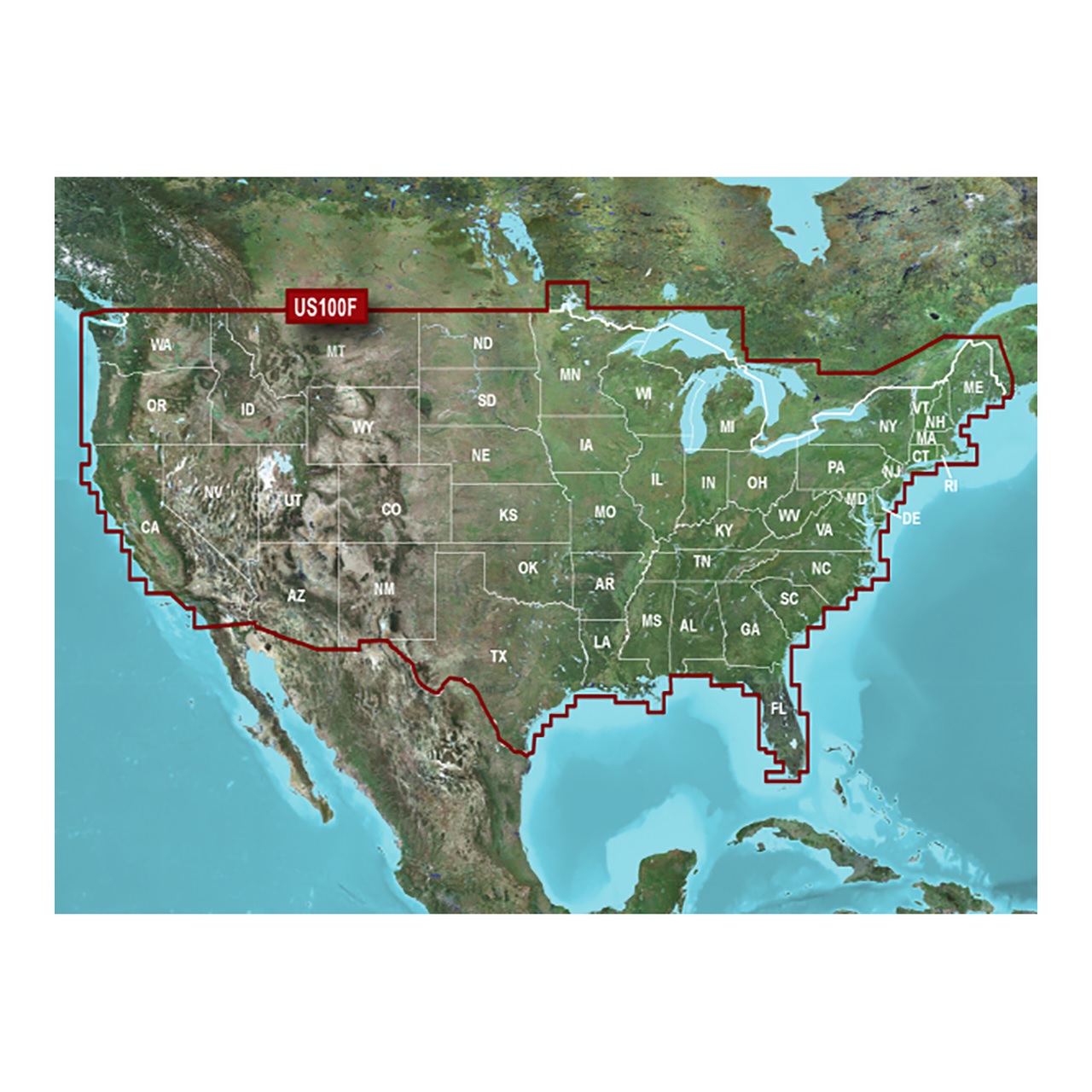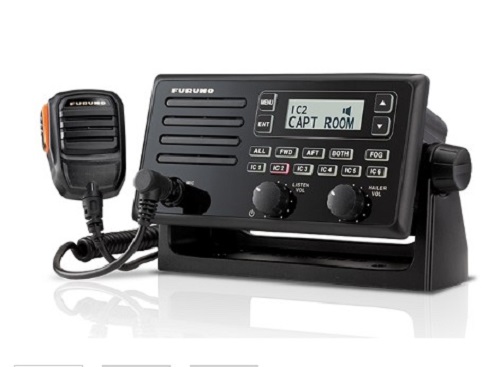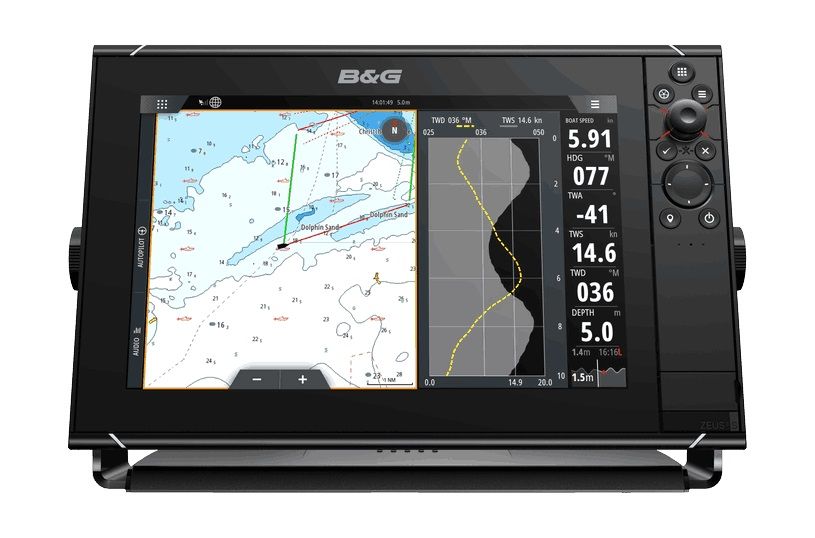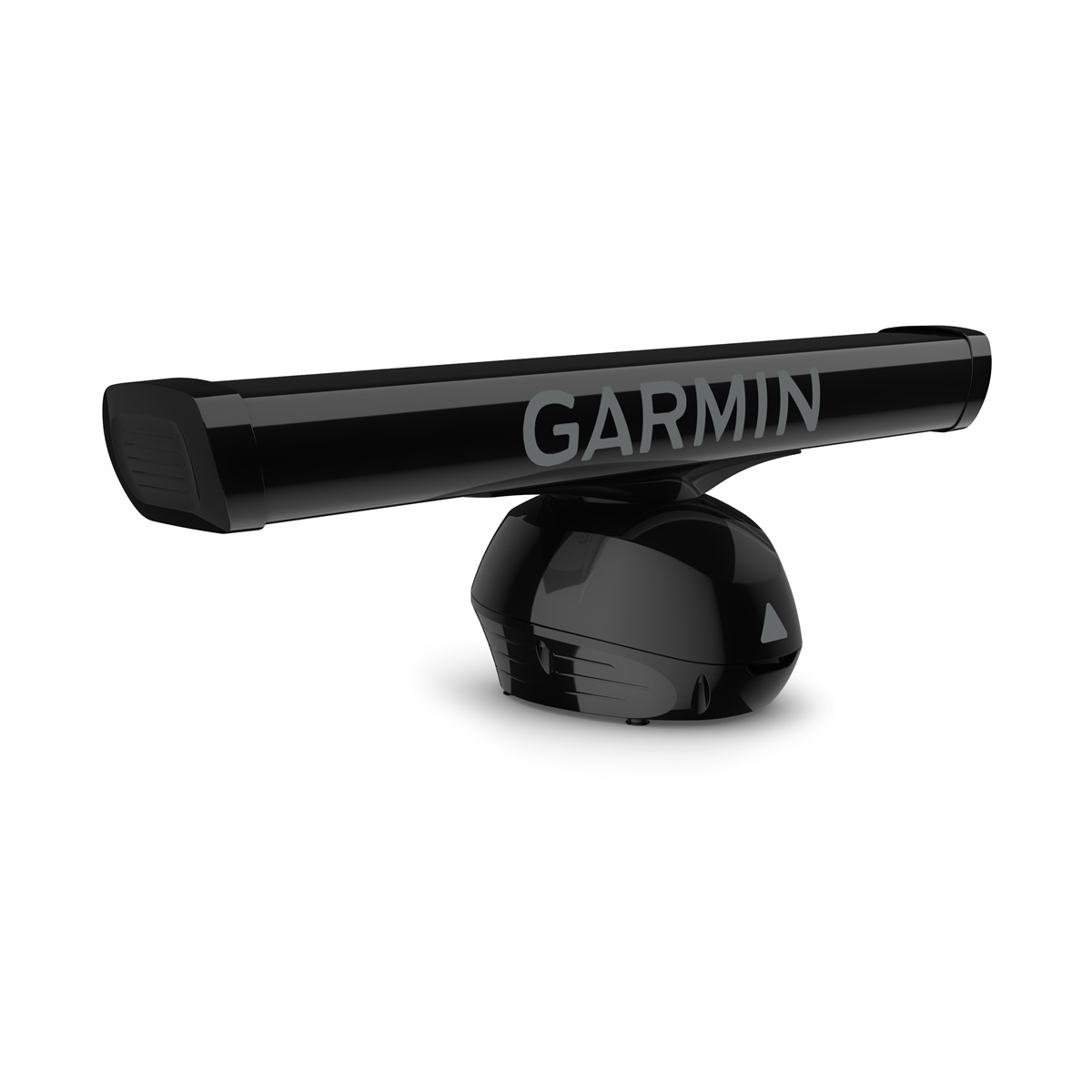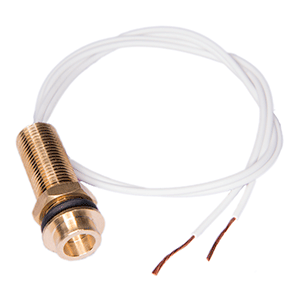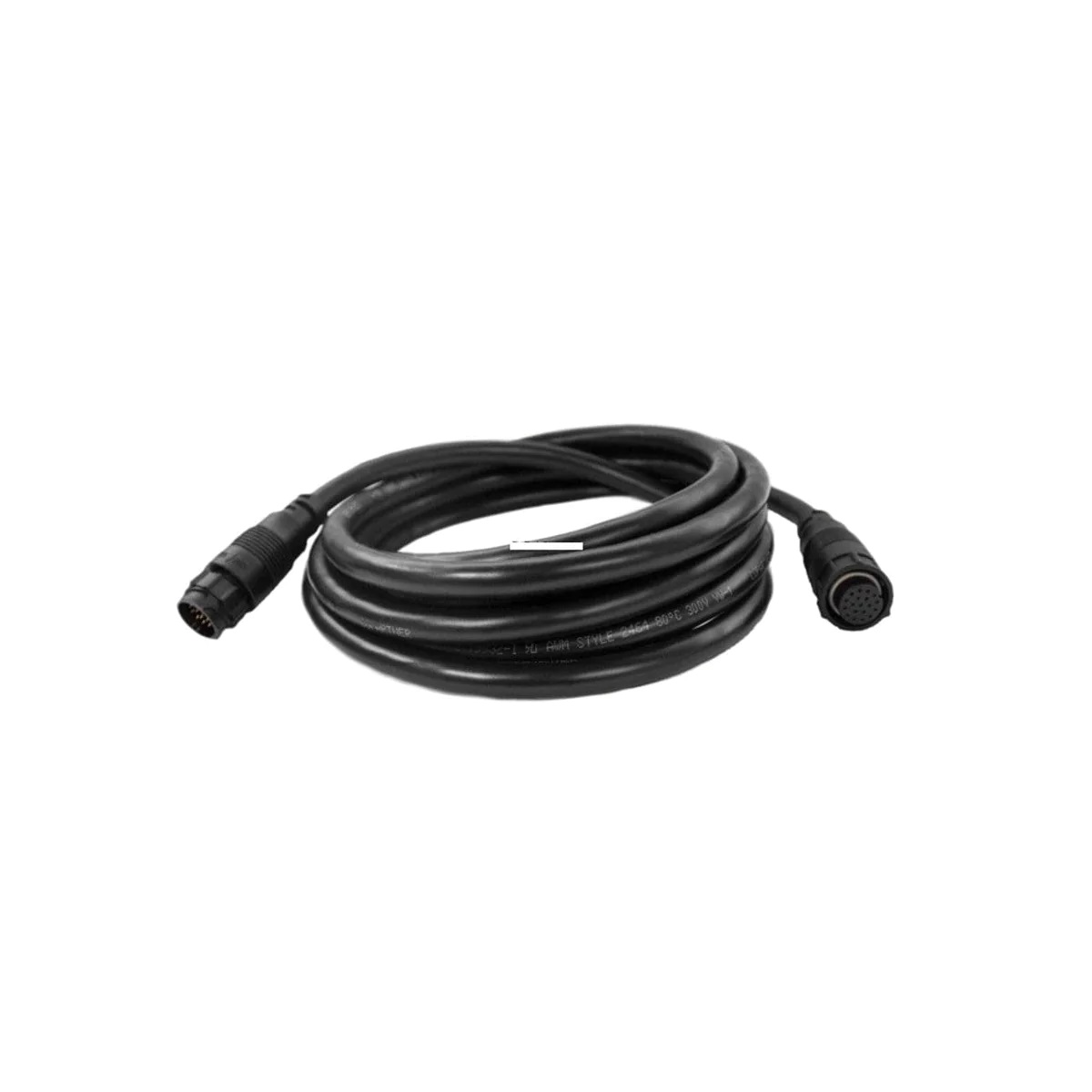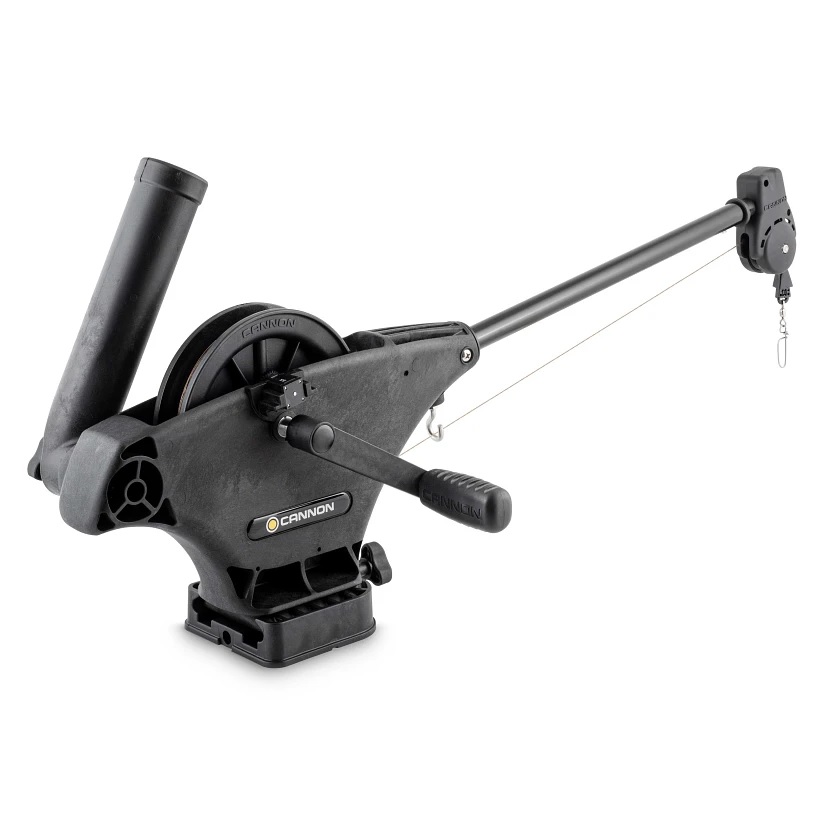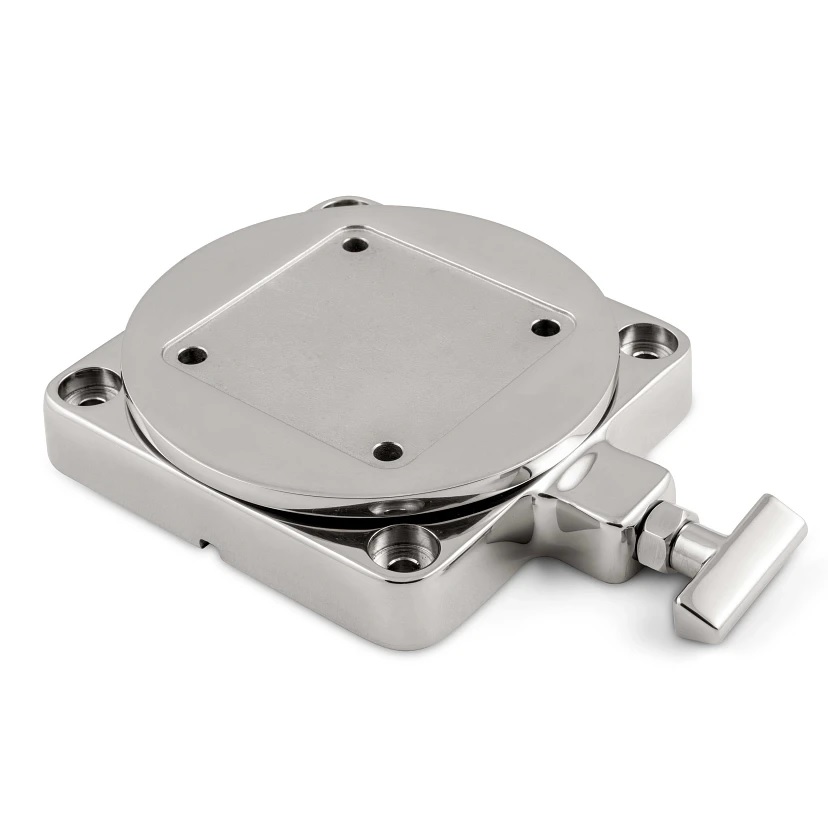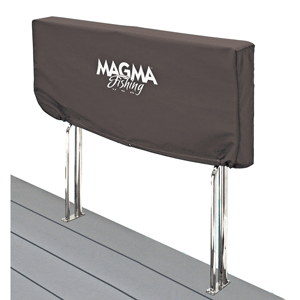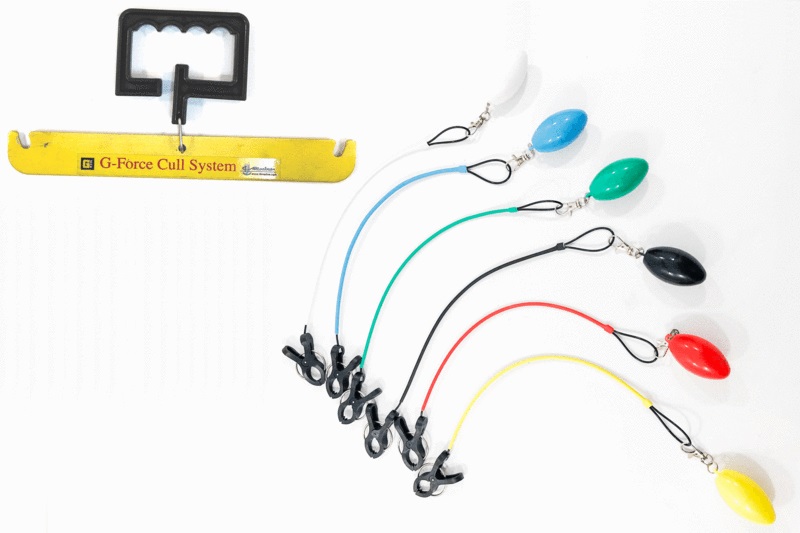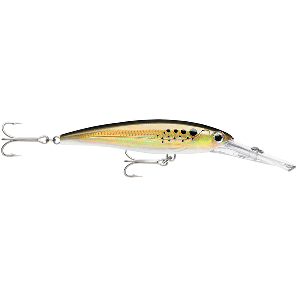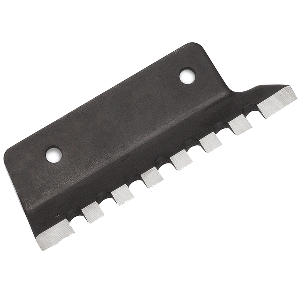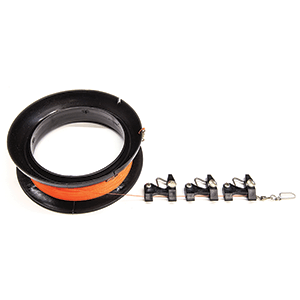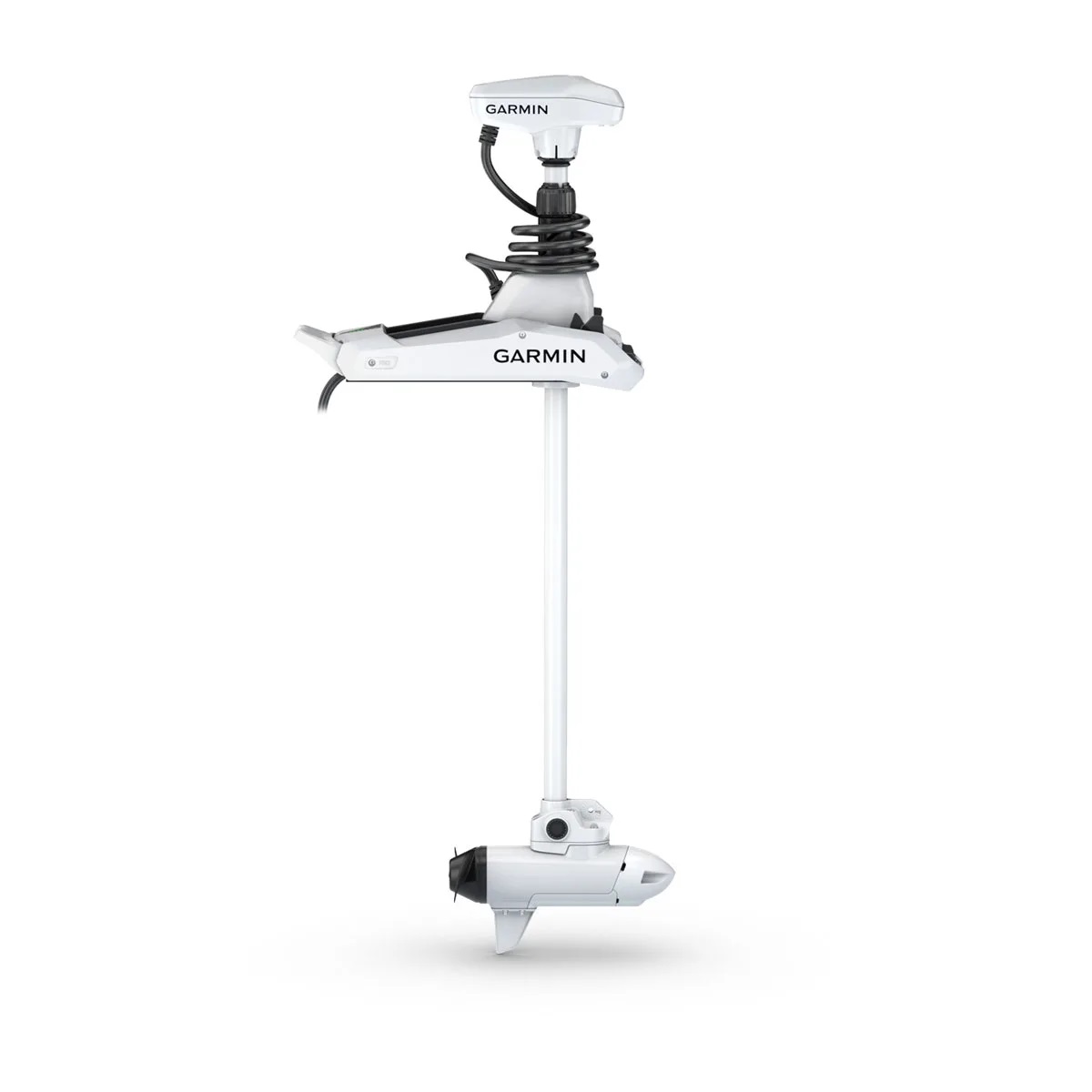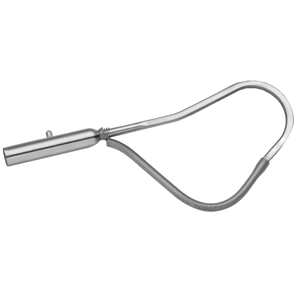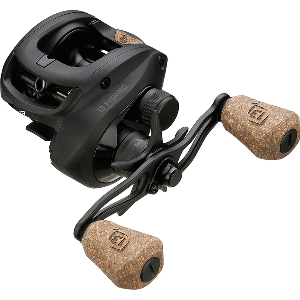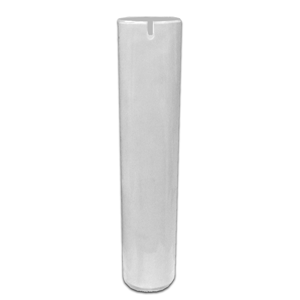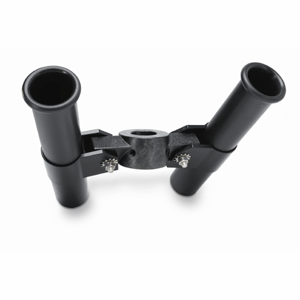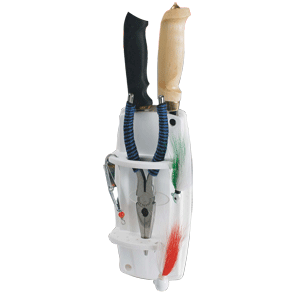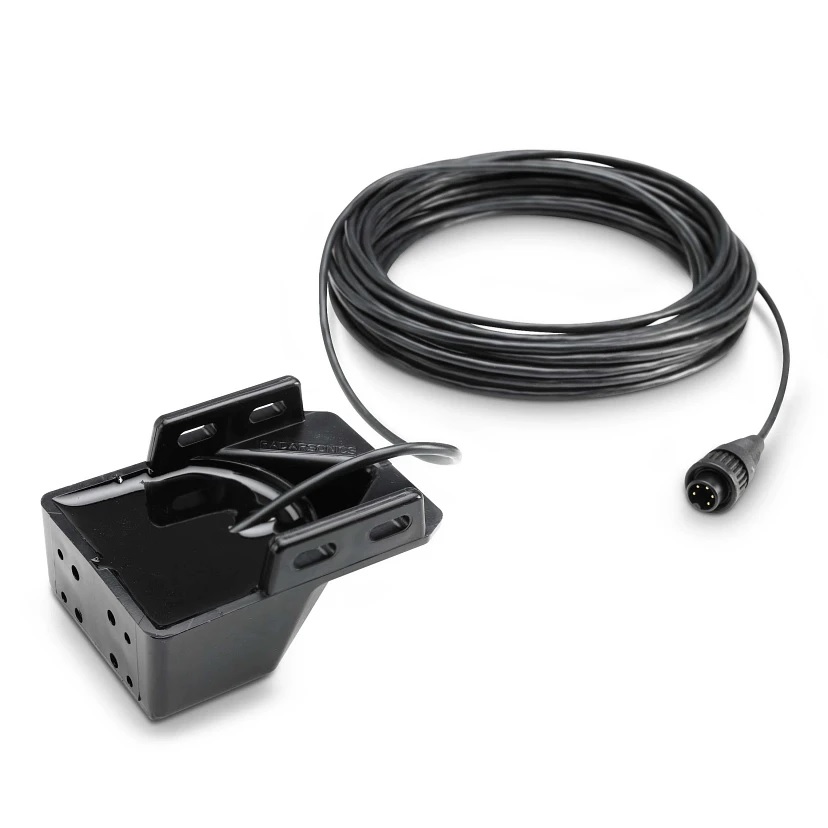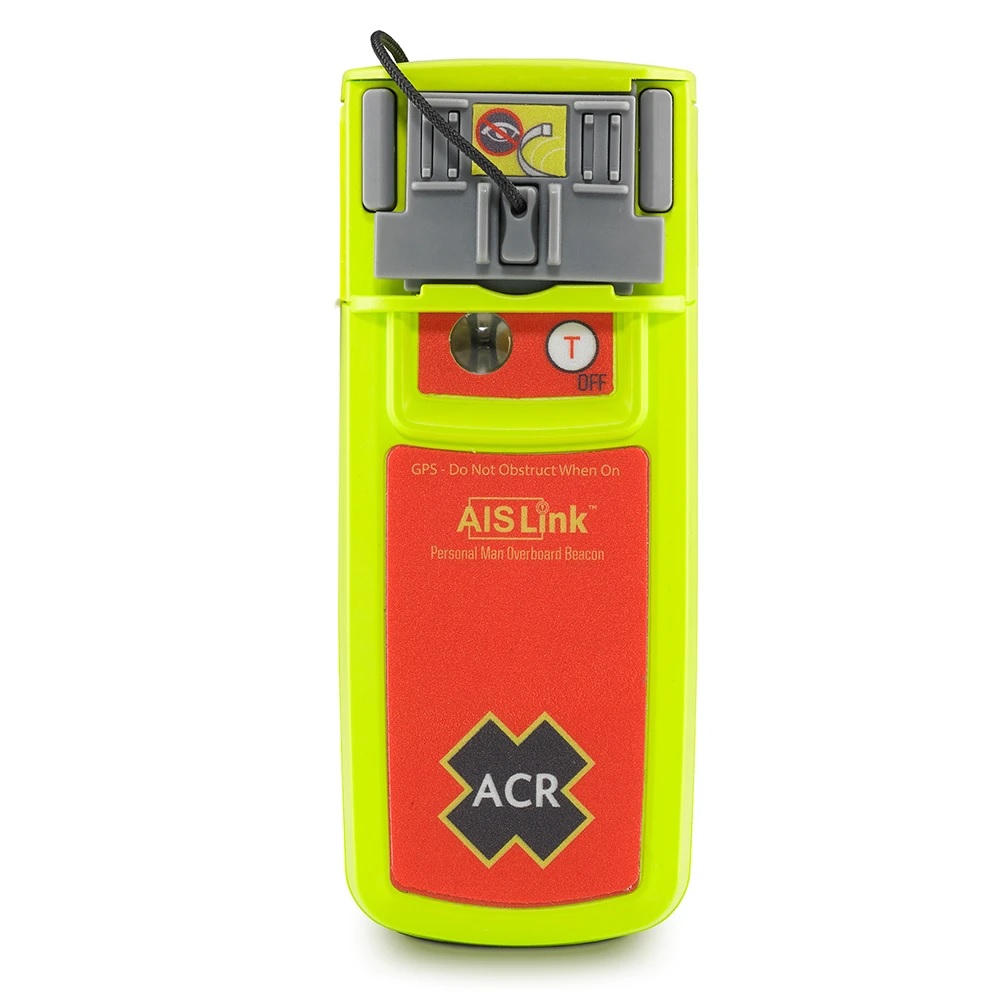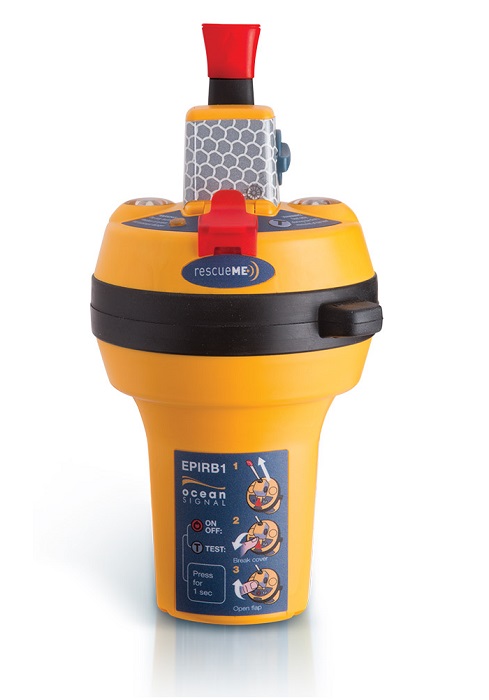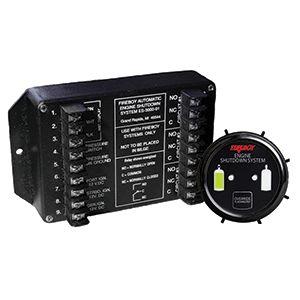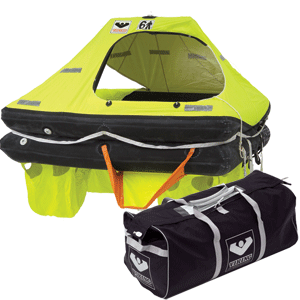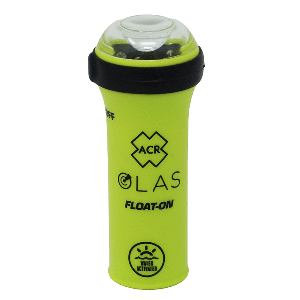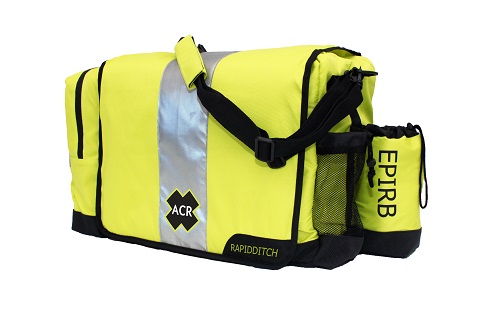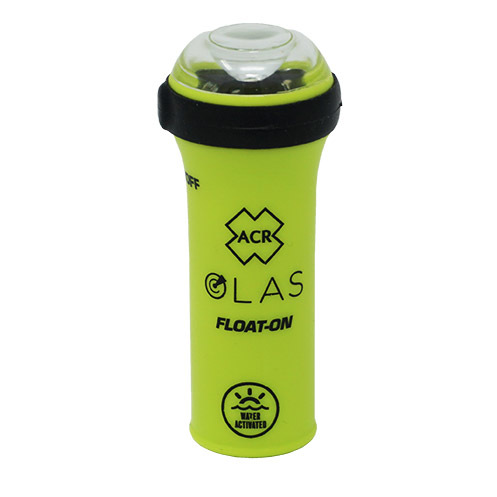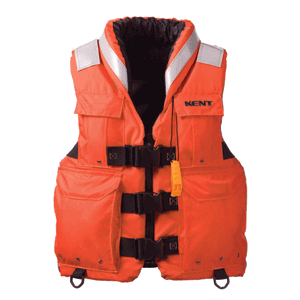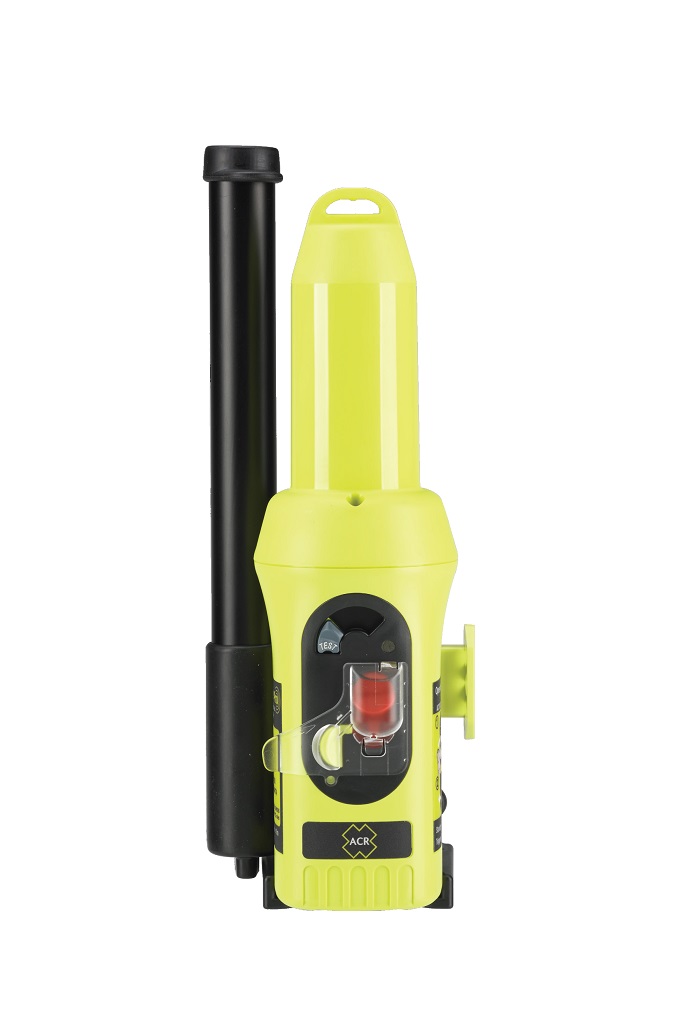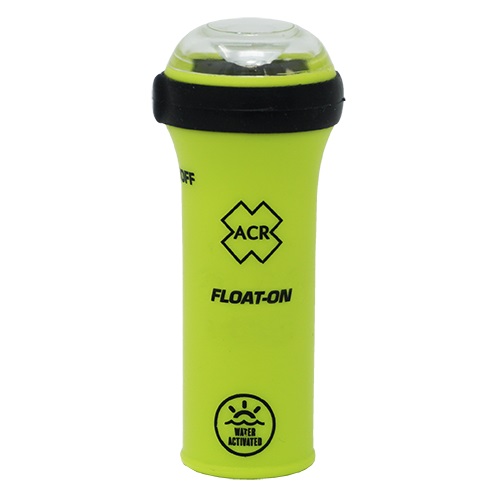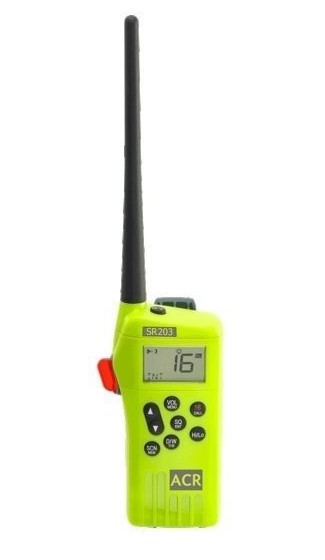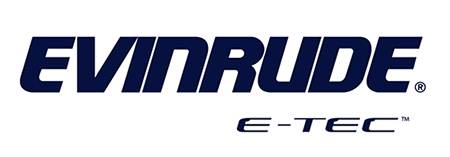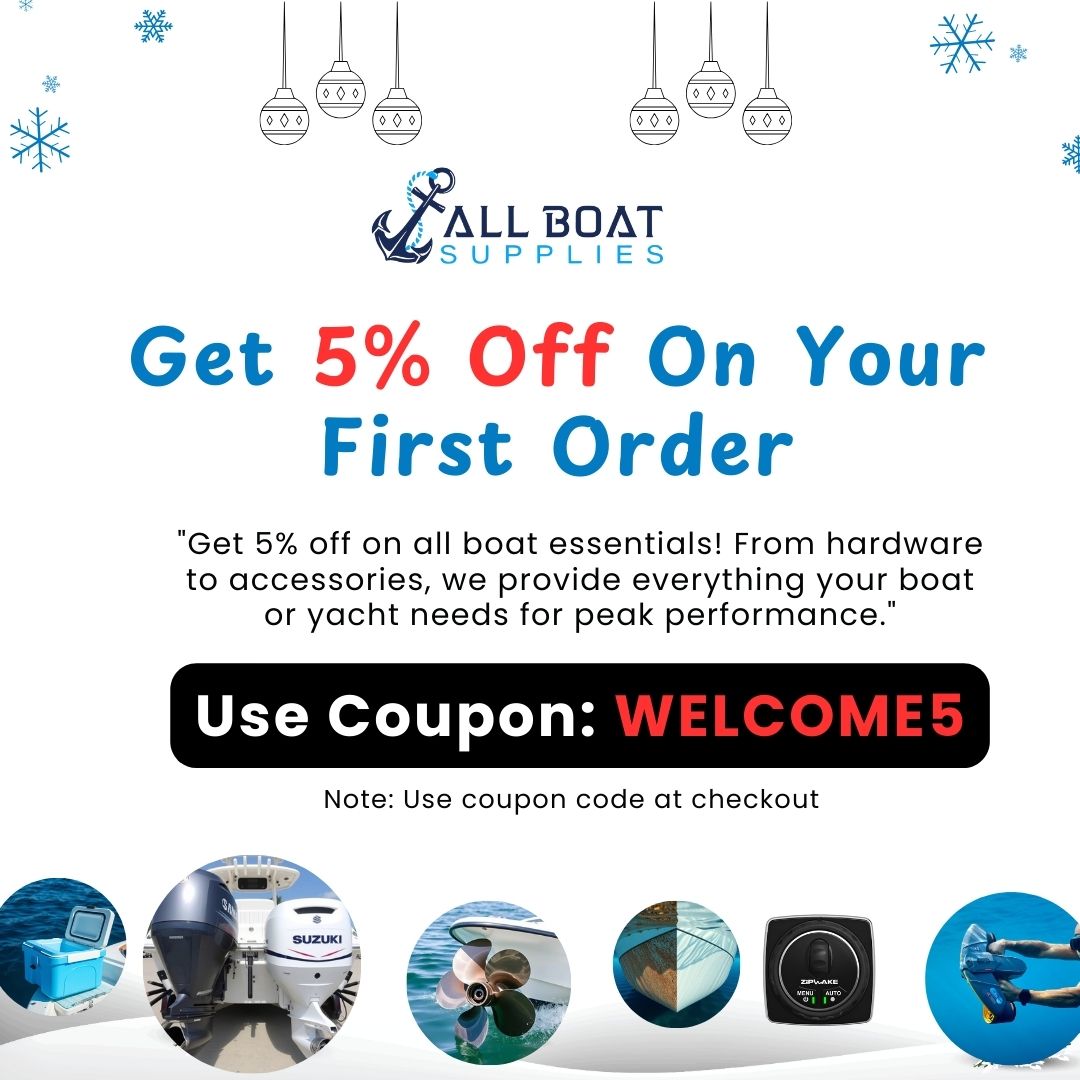Impeller Kit
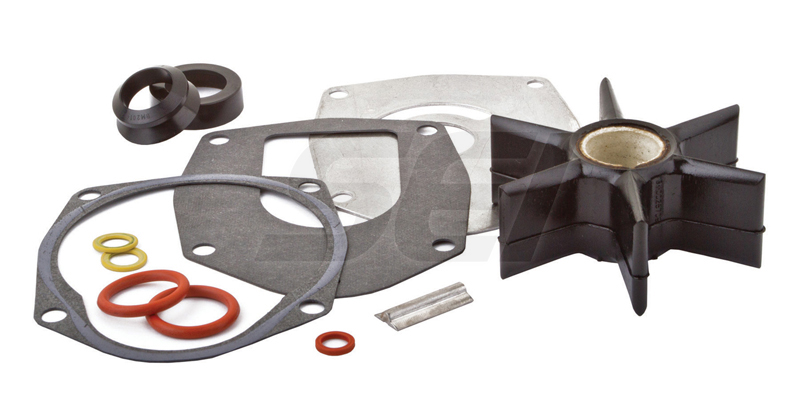
Introduction
The heart of any marine engine’s cooling system is the impeller. A high-quality impeller kit for marine is essential to keep your boat’s engine running smoothly, especially in saltwater environments where engine components face constant exposure to corrosion. Whether you’re a seasoned captain or a weekend enthusiast, the right impeller kit ensures your engine is properly cooled, preventing costly damage and extending engine life. Properly installed and maintained, impellers keep the water pumping through your cooling system, helping avoid overheating and unexpected engine failures.
Marine engines from top brands like Mercury, Yamaha, and others rely on impellers to function optimally. When selecting a replacement or upgrade, it’s vital to choose an impeller kit designed specifically for your engine make and model. From durability to material quality, this guide dives into everything you need to know to find the best impeller kit for marine use.
Overview / What Is an Impeller Kit for Marine Engines
An impeller kit is a collection of parts—typically including the impeller, gaskets, O-rings, and key hardware—used to replace the internal rubber impeller inside a marine engine’s water pump. The impeller is a small, rubber finned rotor that spins rapidly to draw water into the engine and circulate it through the cooling system.
In marine environments, continuous exposure to sand, salt, and debris wears down the impeller over time. A damaged impeller can drastically reduce water flow, leading to engine overheating or full-on failure. An impeller kit for marine applications is specifically engineered to withstand harsh marine conditions and maintain efficient water flow through the engine.
Key Components in a Marine Impeller Kit
Most marine impeller kits come with all necessary components for a complete replacement:
- High-quality rubber impeller
- Stainless steel cup and plate
- O-rings and gaskets
- Key and hardware
- Installation instructions
Choosing a full kit versus individual components saves time and ensures all seals and surfaces are properly matched, providing a secure and lasting repair.
Why Timely Replacement of Impellers Matters
Timely replacement of your impeller can prevent many engine issues. Over time, impellers lose flexibility and crack, especially after long periods of inactivity. This can lead to reduced water flow and engine overheating. In extreme cases, broken impeller blades may circulate through the cooling system, clogging passages and requiring extensive cleanup.
Experts recommend inspecting the impeller every season or after every 100 hours of engine operation. This helps identify wear early and prevent a total failure while on the water. Keeping a spare impeller kit for marine on board is always a wise precaution for boaters venturing into remote areas.
Maintenance Tips
Regular maintenance of your impeller kit ensures long-lasting performance and reliability. Here are key tips:
- Inspect Annually: Check your impeller for signs of cracking, stiffness, or broken blades.
- Flush Your Engine: After each use, flush with fresh water to remove salt, sand, and debris.
- Use Marine Grease: Apply lubricant during installation to prevent impeller damage upon engine start.
- Replace Before Storage: If storing your boat long-term, replace the impeller to avoid stuck fins.
Following these steps helps prevent surprise breakdowns and keeps your engine cooling system functioning efficiently.
Best Impeller Kit Options for Different Marine Engines
There are many impeller kit options available, each tailored for different engine brands and models. Here’s a brief comparison:
- Mercury Marine Impeller Kits: Popular for Mercury Force engines. Compatible, durable, and easy to install.
- Yamaha Outboard Kits: Ideal for 4-stroke engines and heavy-duty saltwater use.
- Johnson/Evinrude Kits: Perfect for older motors and offer broad compatibility.
Ensure you check your engine model number and year before purchasing a kit. AllBoatSupplies offers comprehensive compatibility information for every impeller kit.
How to Install an Impeller Kit for Marine Engines
Installing an impeller kit is a straightforward DIY task for most boat owners. Follow these steps:
- Disconnect the battery and water source.
- Remove the lower unit of the engine.
- Access the water pump housing and remove the old impeller and gaskets.
- Clean all surfaces thoroughly.
- Install the new impeller, aligning it properly within the cup.
- Reassemble and test for water flow.
Use the included instructions or consult a marine mechanic for model-specific guidance. For best performance, use only OEM or high-quality aftermarket kits.
Expert Advice and Pro Recommendations
Experts agree that the impeller kit for marine is one of the most important maintenance items for any boat owner. Using poor-quality parts or skipping regular replacement can lead to engine overheating, warped heads, or complete engine seizure.
Always purchase your impeller kit from a trusted supplier like Impeller Kit. Their kits meet OEM standards and come with a 5% off welcome code: WELCOME5 — making quality more affordable than ever.
Detailed FAQ Section
How often should I replace my marine impeller?
Experts recommend replacing your impeller once a year or every 100 hours of engine use, whichever comes first. In some cases, especially in saltwater environments or with prolonged engine inactivity, impellers may degrade faster. Cracks, stiffness, or broken fins are clear signs of wear. Regular inspection during seasonal maintenance can prevent costly engine failures. Even if it looks okay, it’s safer to replace than risk overheating on the water. If your boat sits unused for extended periods, it’s wise to install a fresh impeller before hitting the water again.
Can I install an impeller kit by myself?
Yes, installing an impeller kit for marine engines is a task that many DIY boaters perform successfully. With basic tools and the provided instructions, it’s typically a 1–2 hour job. You’ll need to remove the lower unit, open the water pump housing, and replace the old impeller and gaskets. Use marine grease to ease installation and ensure smooth startup. If you’re unsure, online tutorials or consulting your engine manual will help. For complex engines, seeking help from a marine mechanic is always a safe bet.
What signs indicate a failing impeller?
Common signs of impeller failure include engine overheating, low water pressure from the telltale stream, and high engine temperature alarms. A complete failure may lead to no water flow at all, which can cause engine damage within minutes. If you notice a weak stream or fluctuating temperature readings, shut down your engine and inspect the impeller. Running the engine with a failed impeller, even briefly, can cause major internal damage. Prevention is always cheaper than repair, so timely inspection is key.
What material is best for impellers?
Most marine impellers are made of flexible neoprene or rubber compounds, ideal for water resistance and elasticity. Some high-end kits offer reinforced materials for greater durability in saltwater or sandy environments. Always ensure your replacement impeller matches OEM specifications. While hard plastic options exist, they’re not recommended for standard marine use due to reduced flexibility. A neoprene impeller with stainless steel backing is often the best balance of performance and longevity, especially in demanding marine conditions.
Is there a universal impeller kit for all engines?
No, impeller kits are engine-specific. The size, design, and internal fittings vary across brands and models. Using the wrong impeller kit can lead to improper cooling or even damage to the pump housing. Always check the manufacturer’s specifications, your engine serial number, or consult with marine supply experts. Trusted marine part suppliers like AllBoatSupplies offer helpful charts and support to match the correct impeller kit to your boat engine.
Conclusion
Maintaining your boat’s cooling system starts with choosing the right impeller kit for marine use. This small yet essential component keeps your engine cool, efficient, and protected from internal damage. With regular inspections, proper installation, and quality parts, you’ll enjoy uninterrupted adventures on the water.
Don’t wait until you’re stranded offshore. Order your impeller kit today and ensure smooth sailing every time you turn the key.
Special Offer
WELCOME5 – Get 5% off storewide at allboatsupplies.com
🚀 Instant Assistance: Need help selecting the right product? Drop your contact in the chatbox at the bottom right corner, and our expert team will reply within 30 minutes with the best product suggestion for your boat — including a ready-to-use checkout link. We’re fast, knowledgeable, and always here for your boating needs!
No more guesswork — just message us and get a personalized checkout link for your antifouling system, fast!
Explore Our Best-Selling Ultrasonic Antifouling Products:
Buy now
Let us handle the hassle — expert support, quick replies, and smooth checkout. Your boat deserves the best.
Read More
For more helpful marine maintenance guides, check out our article on Water Pump Kit With Housing (Late).
